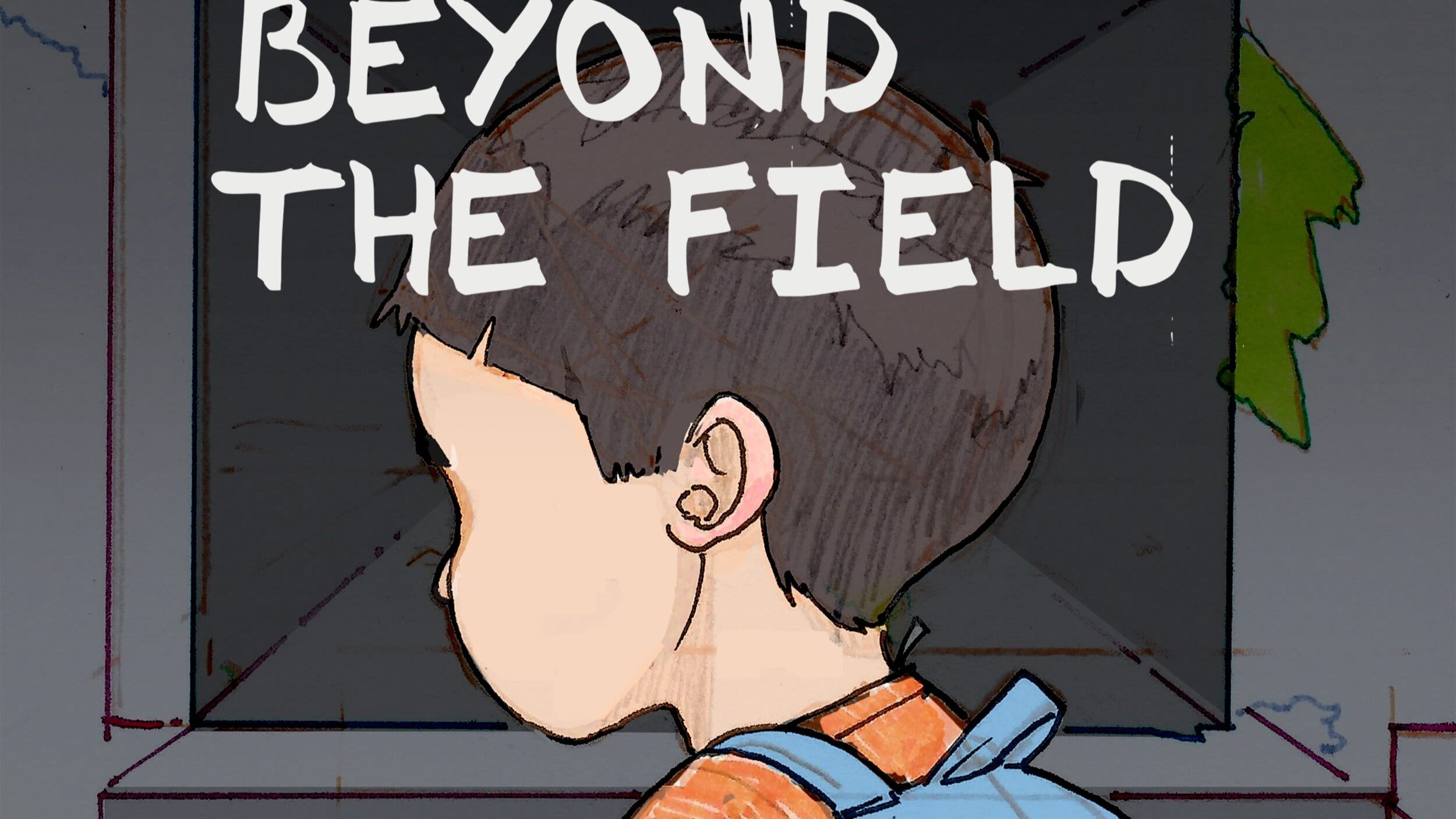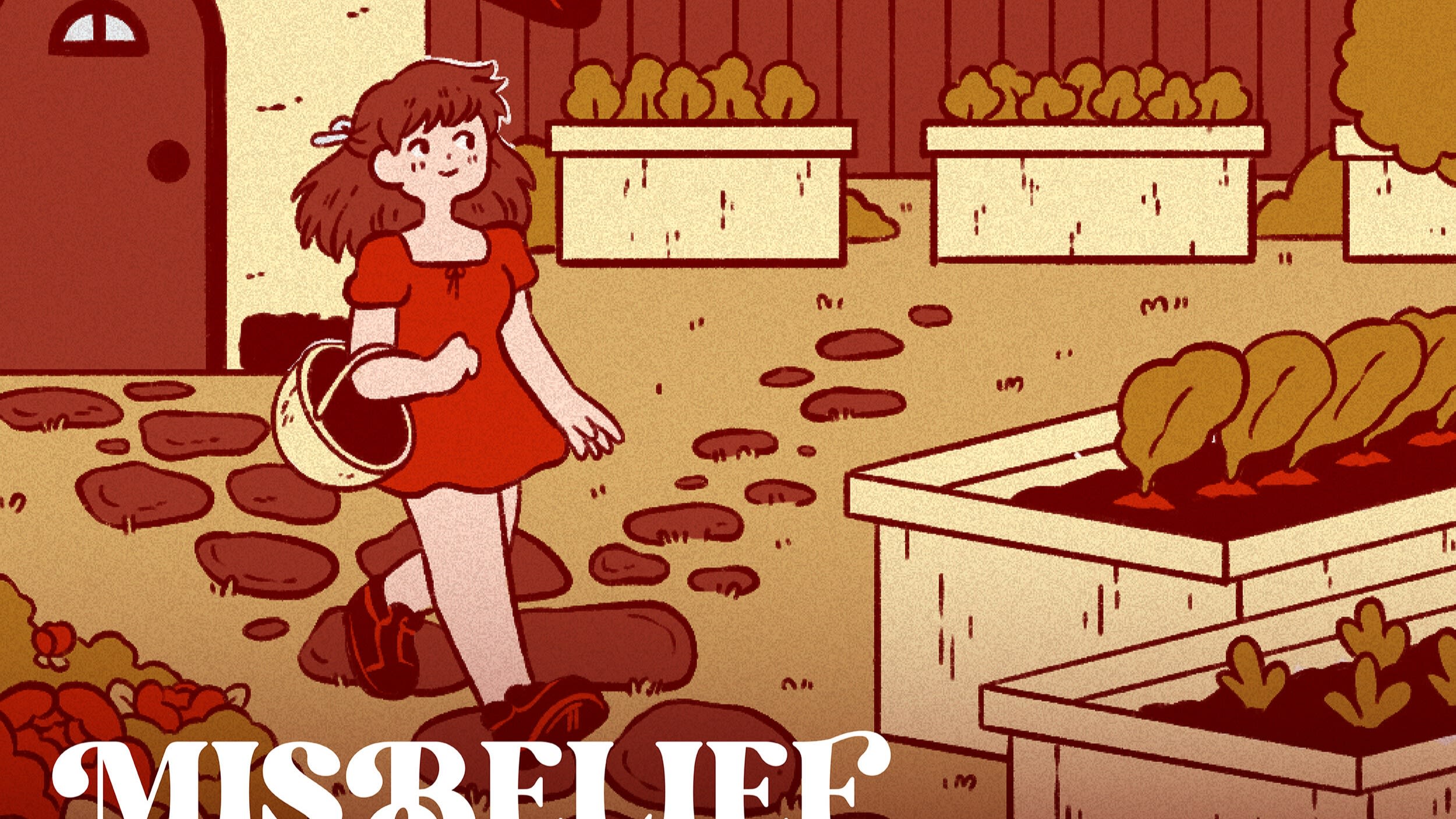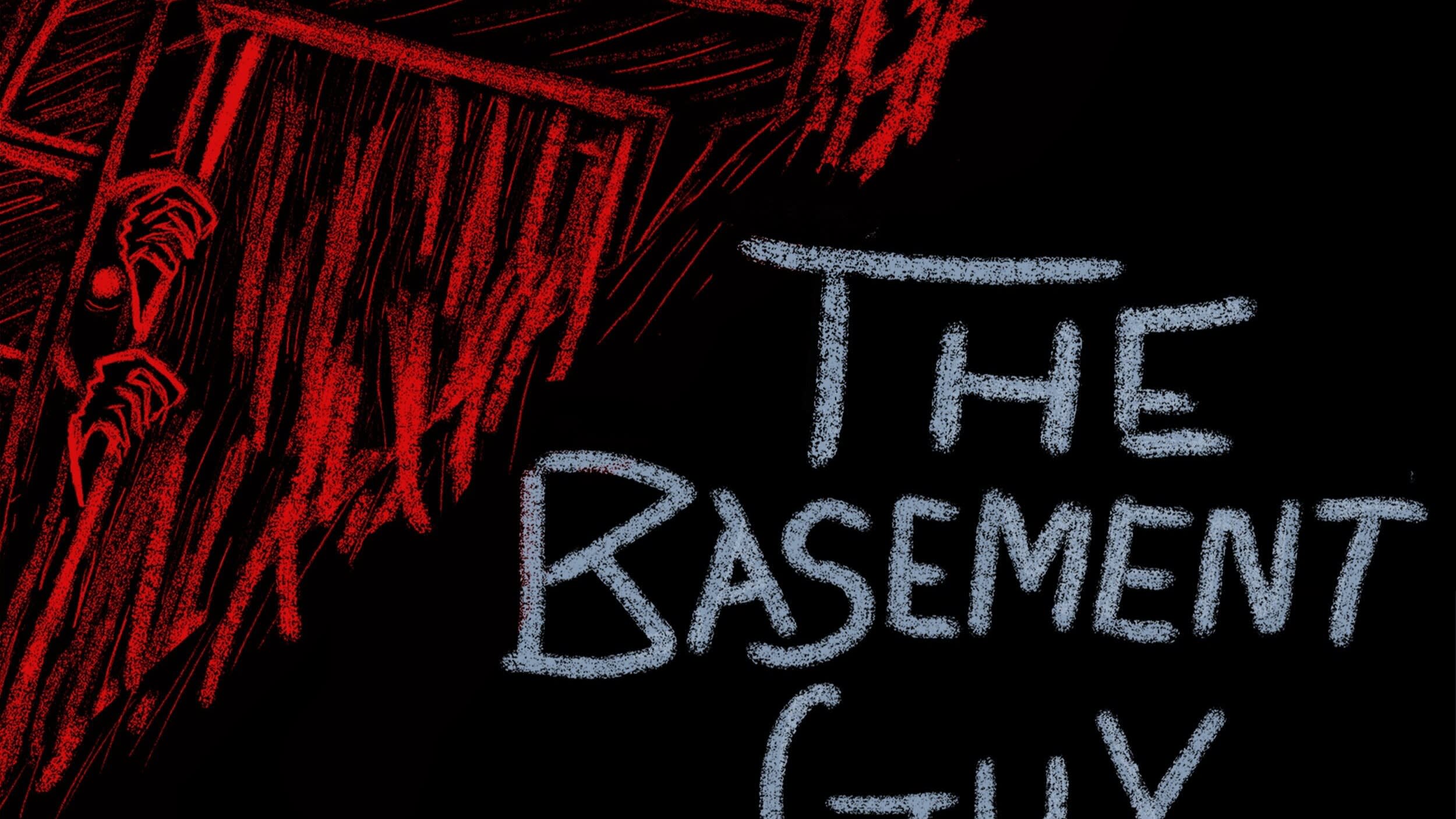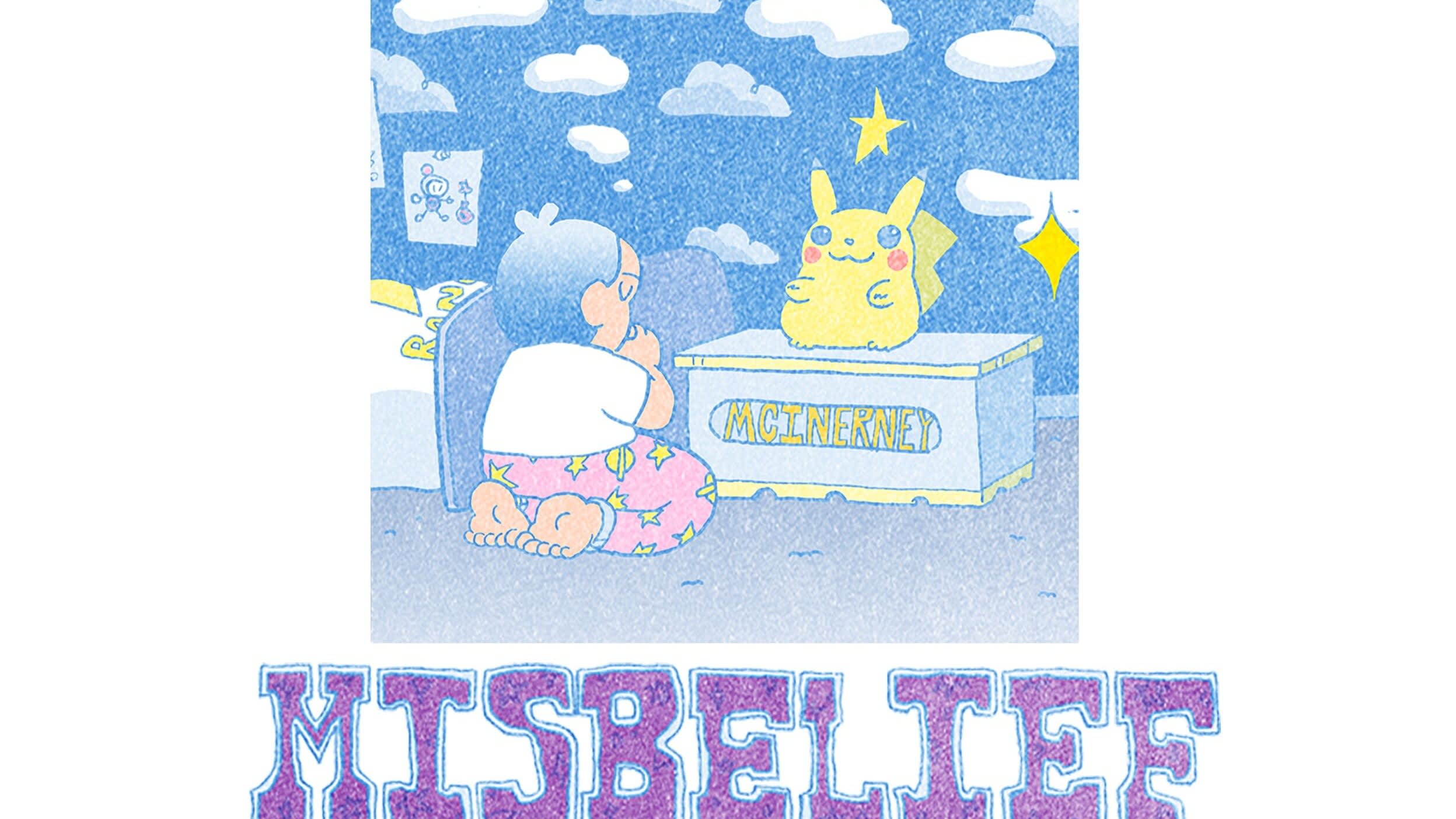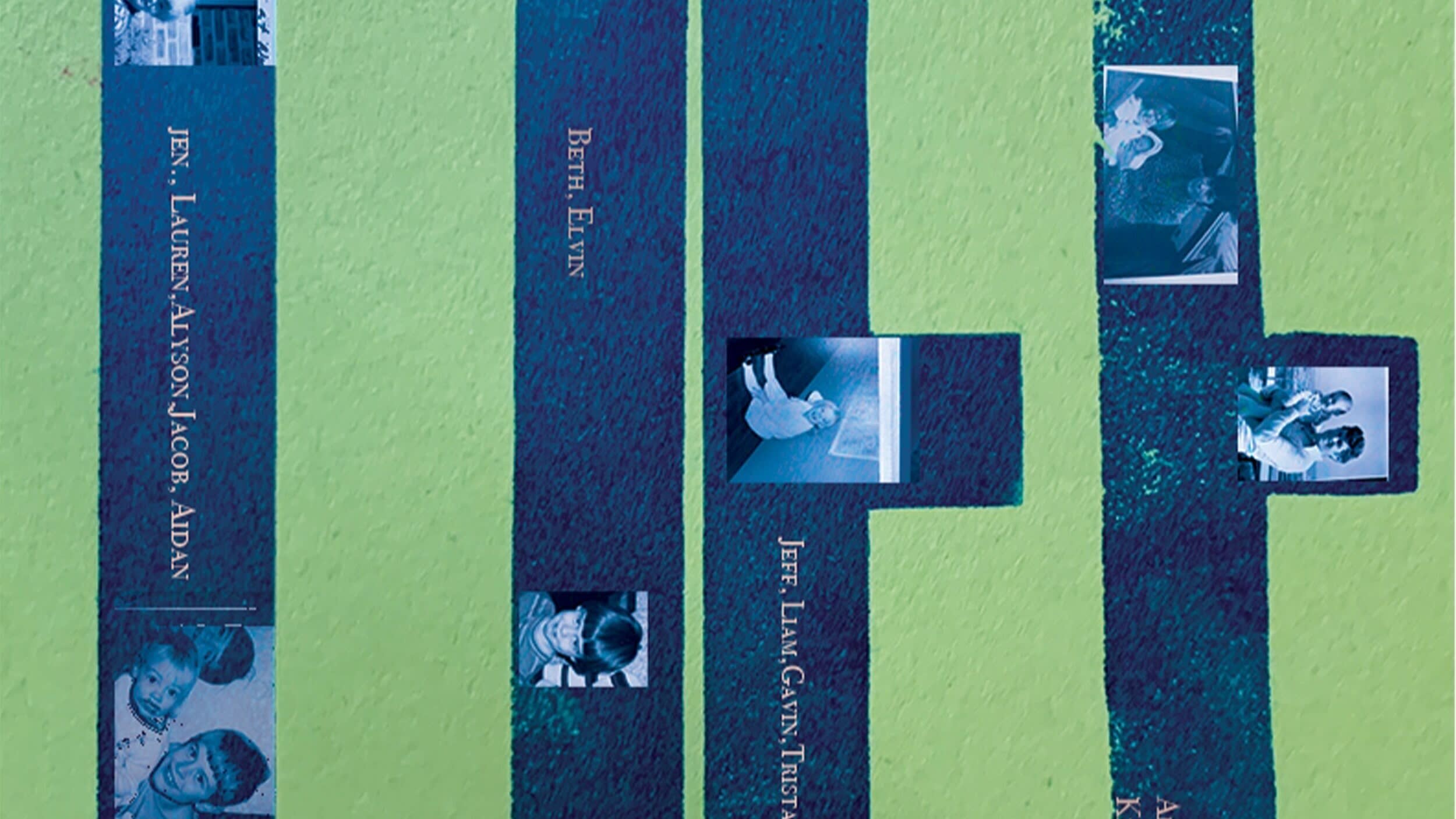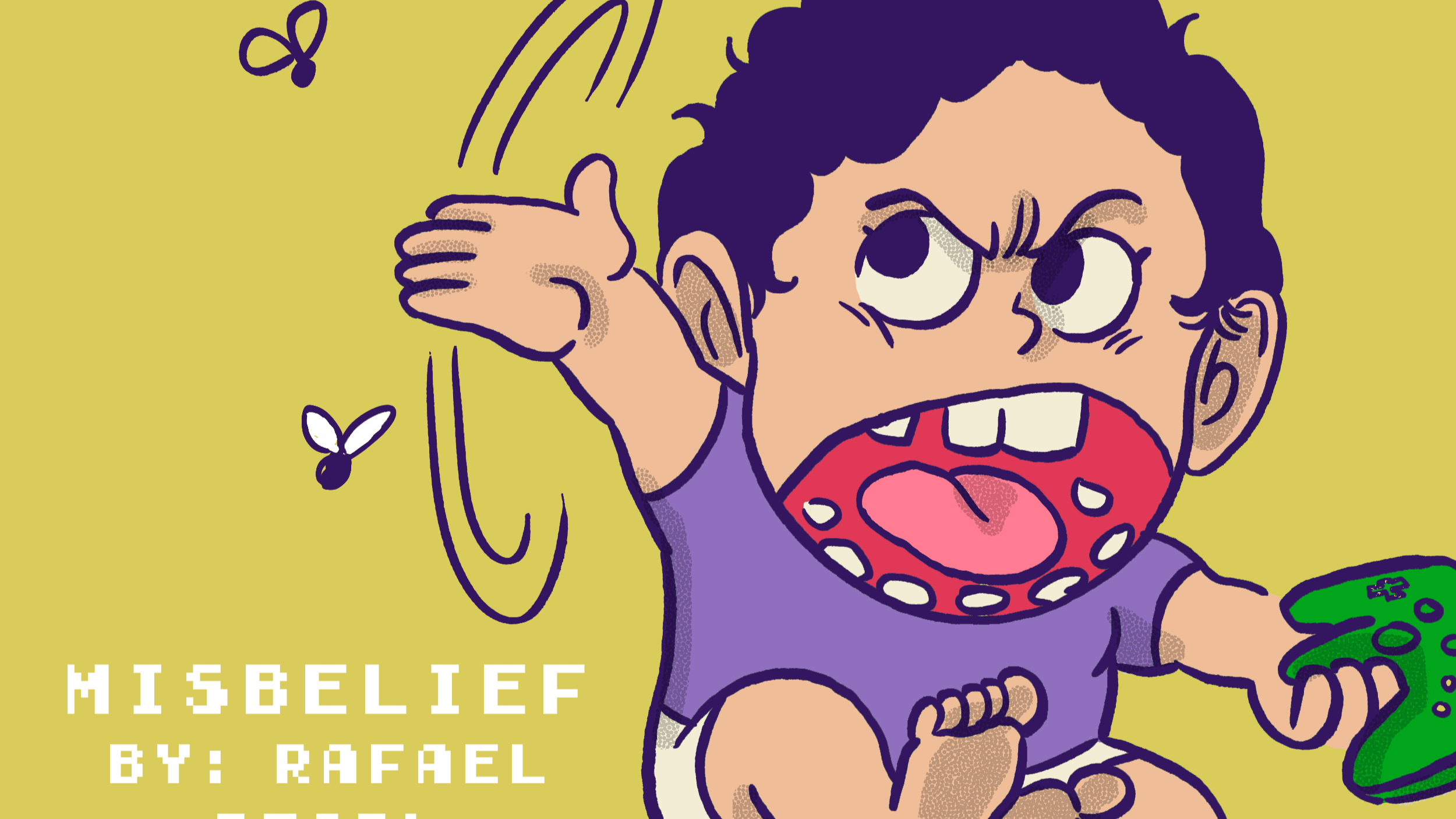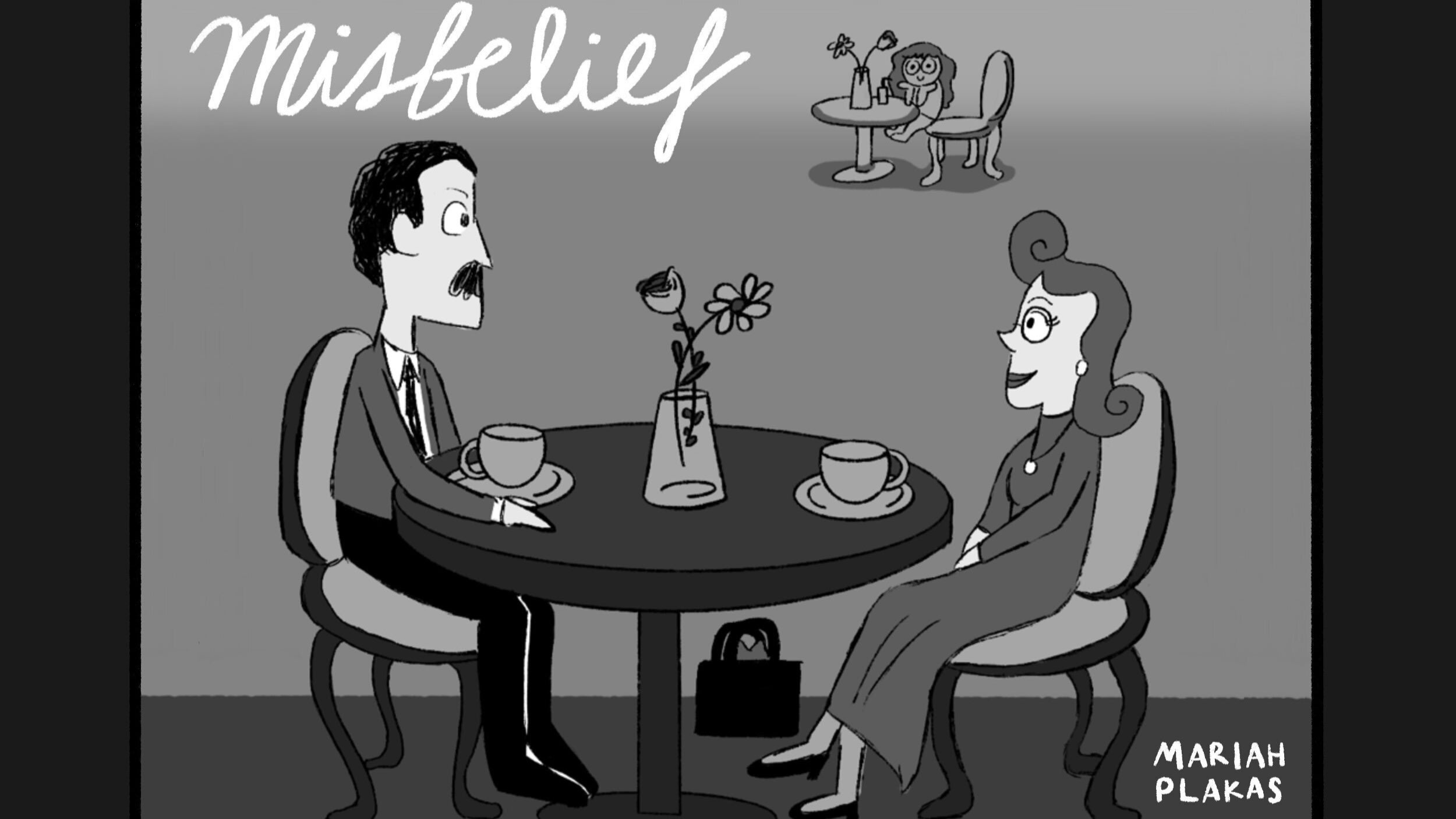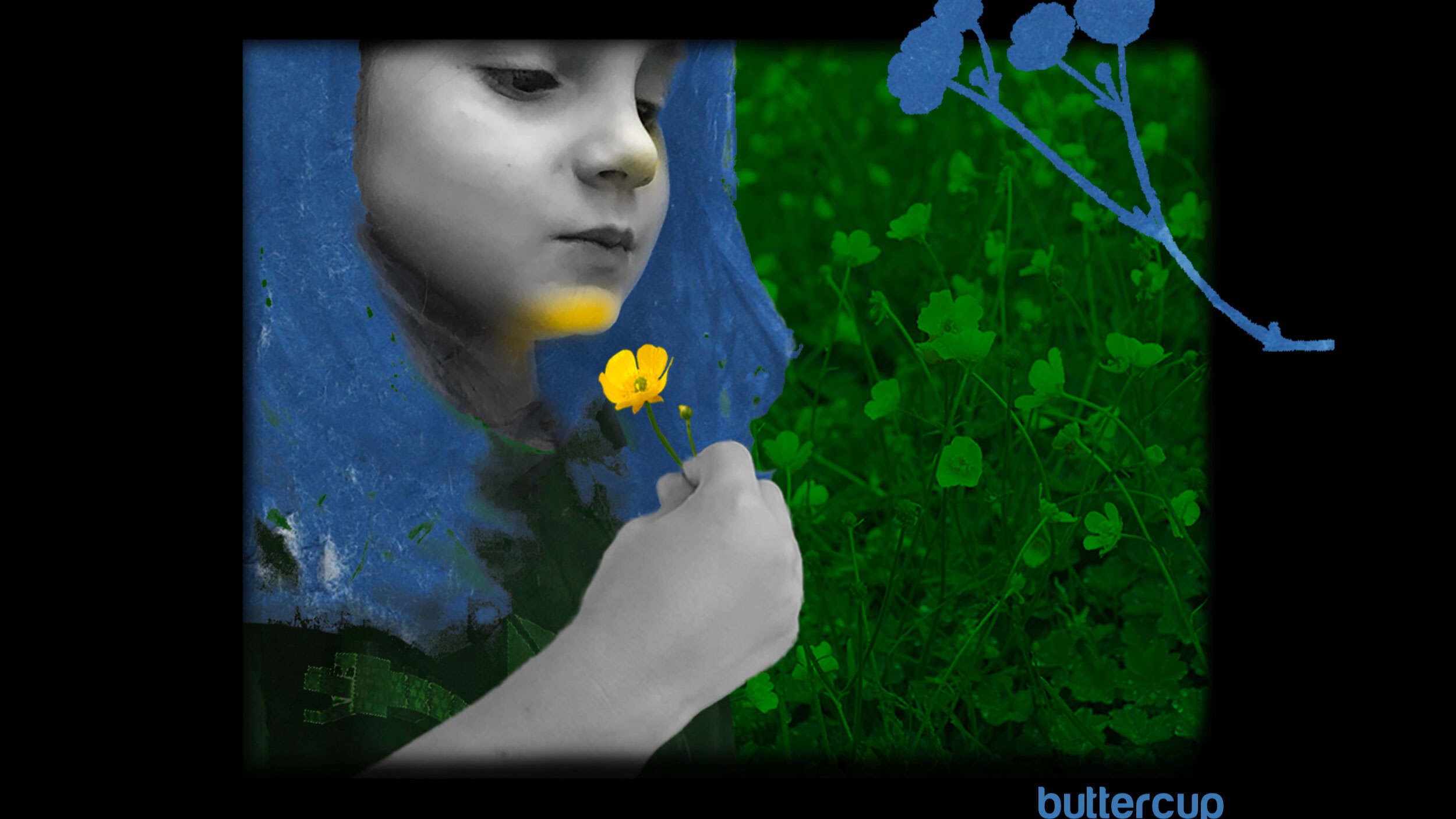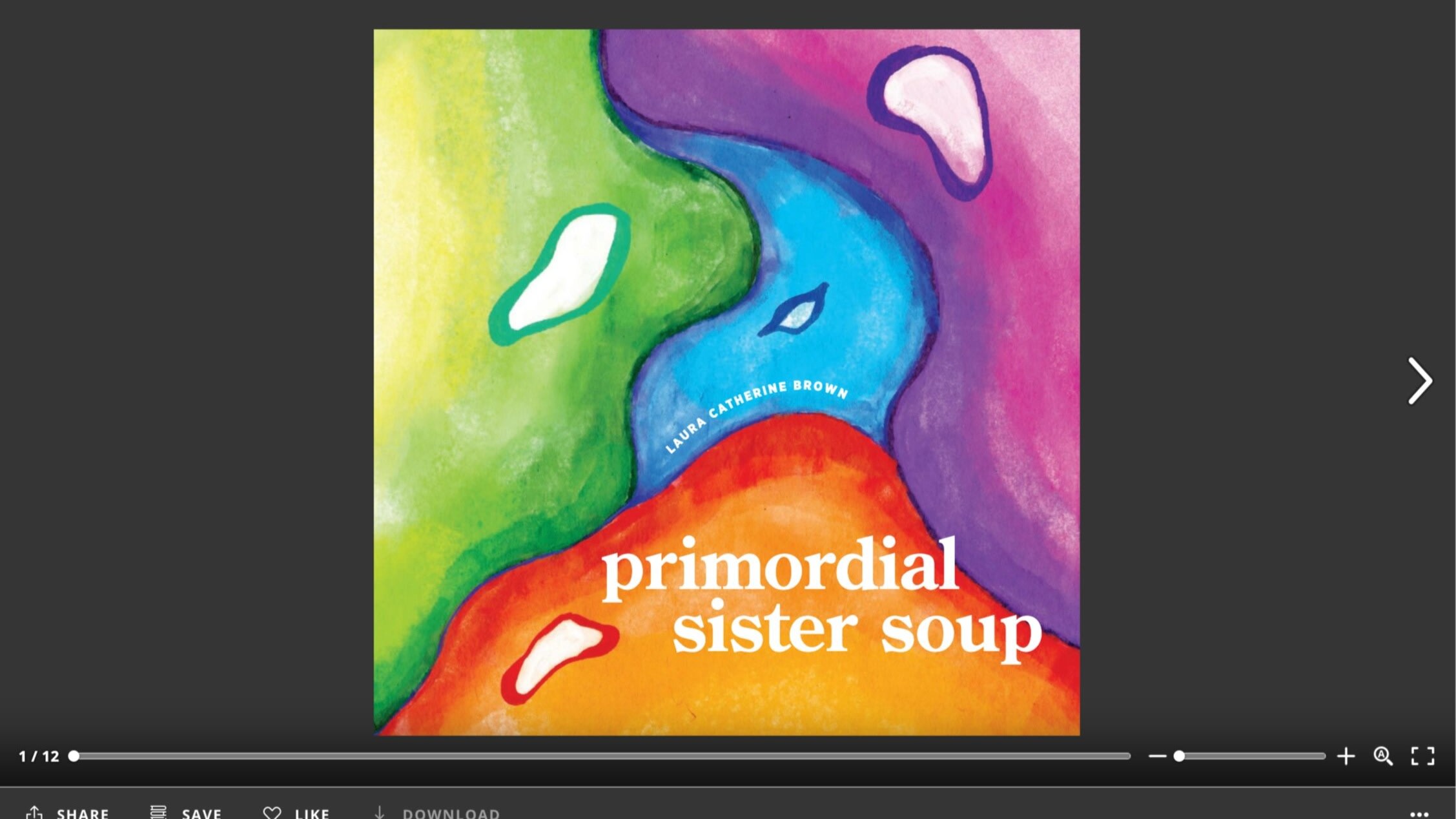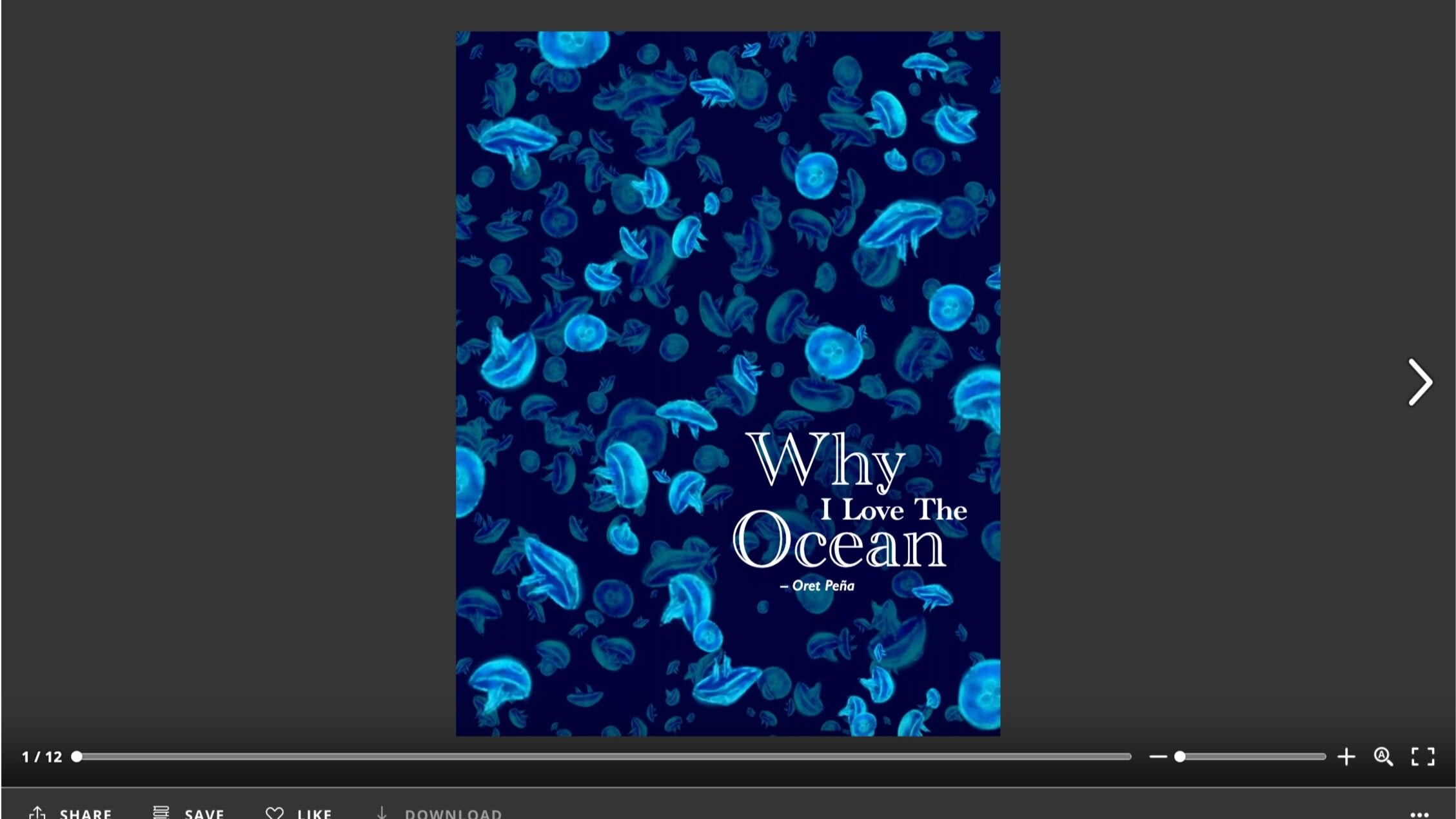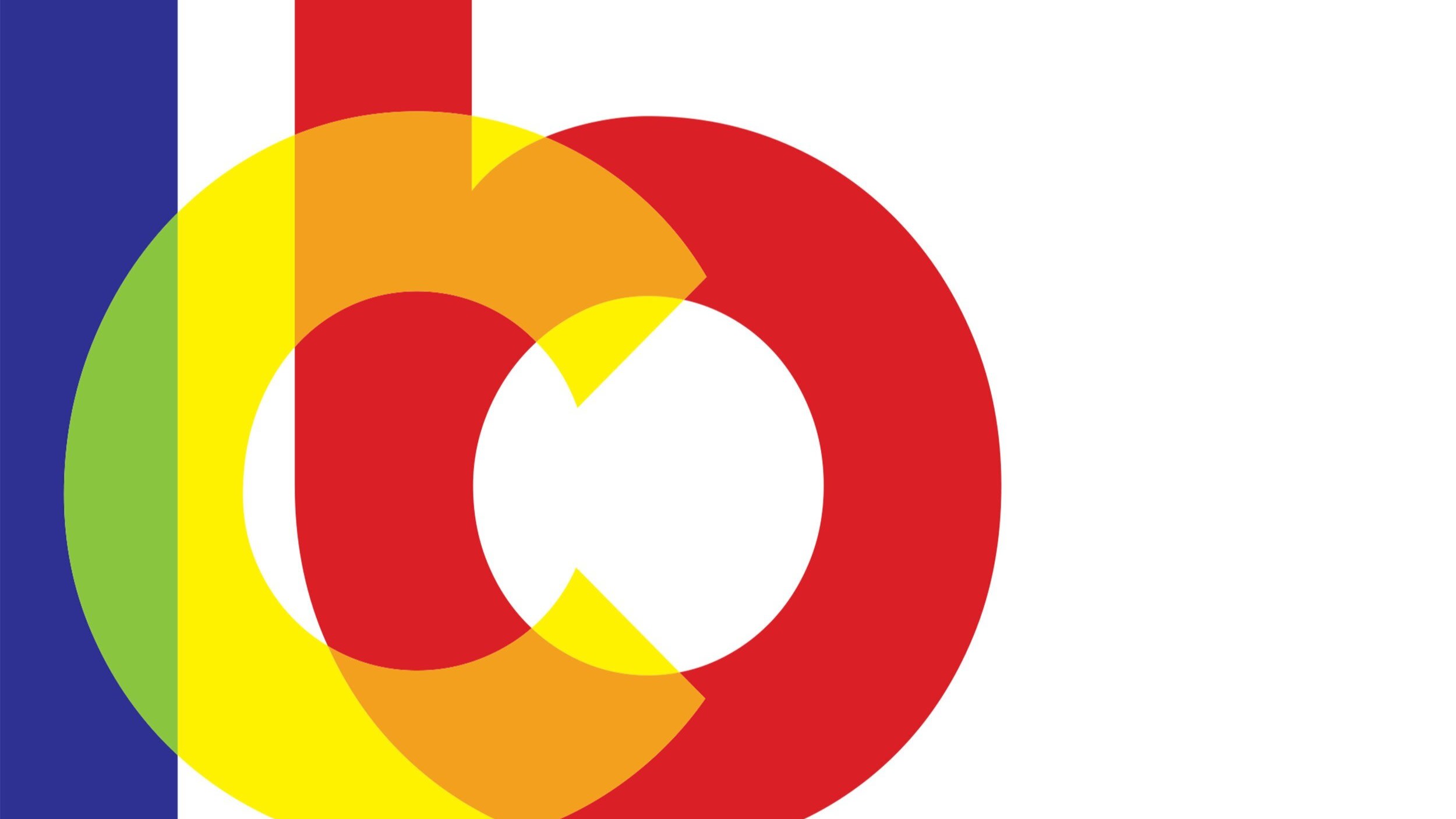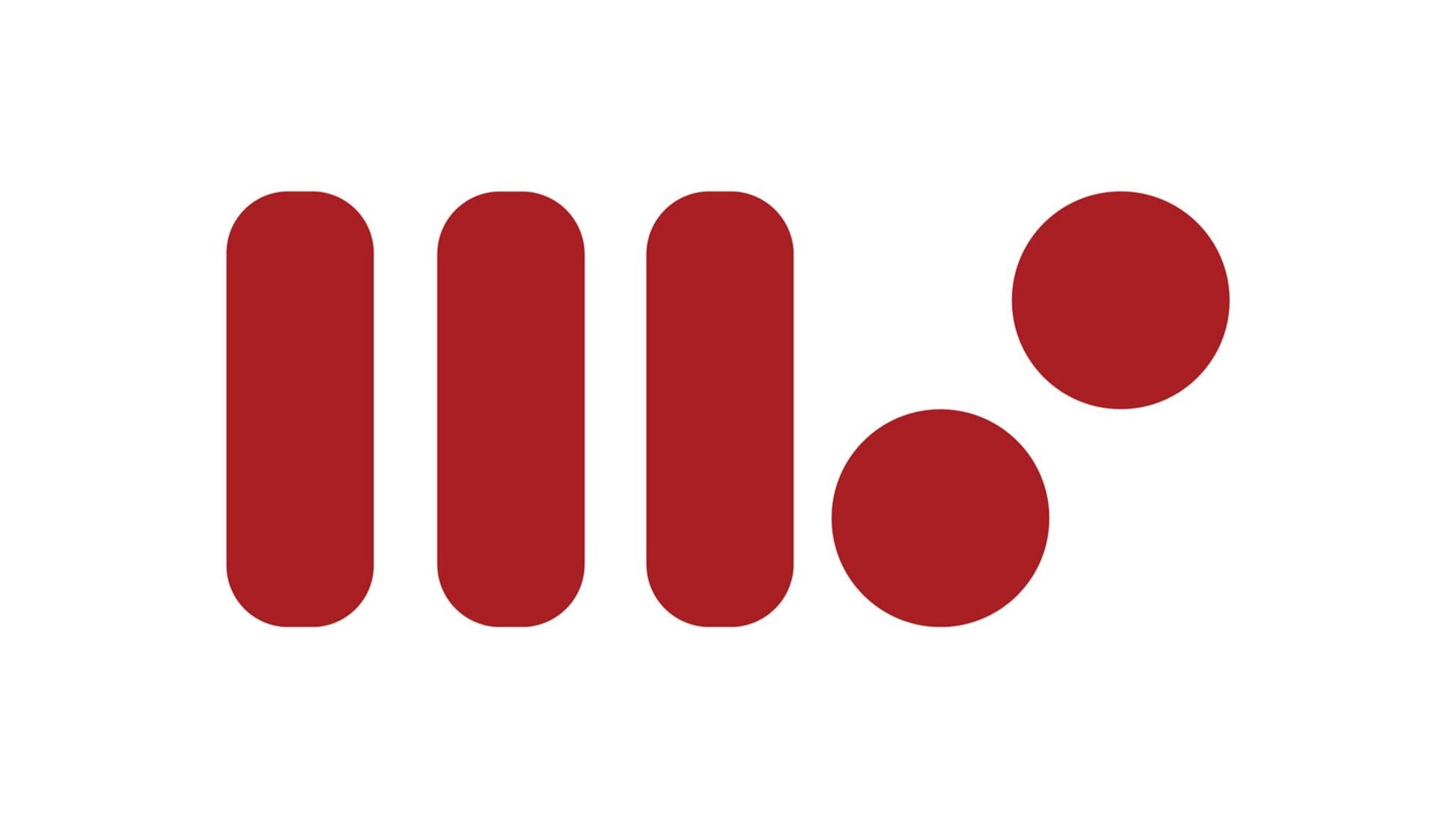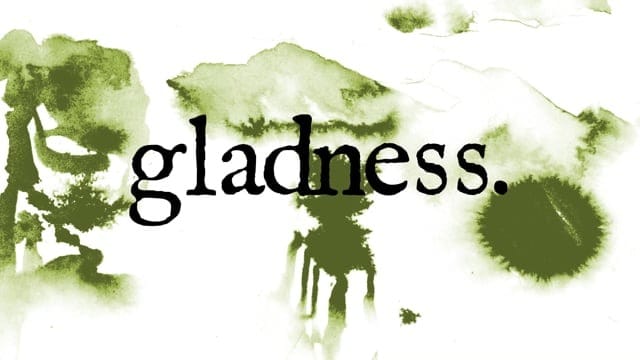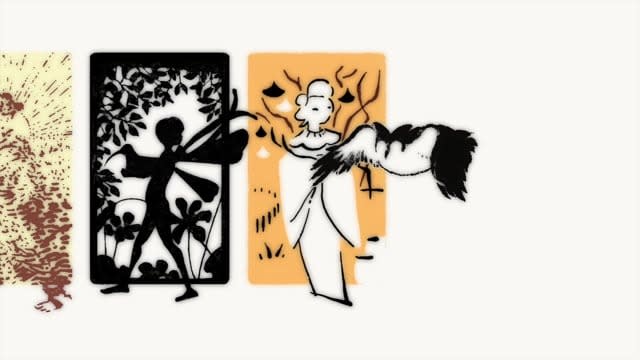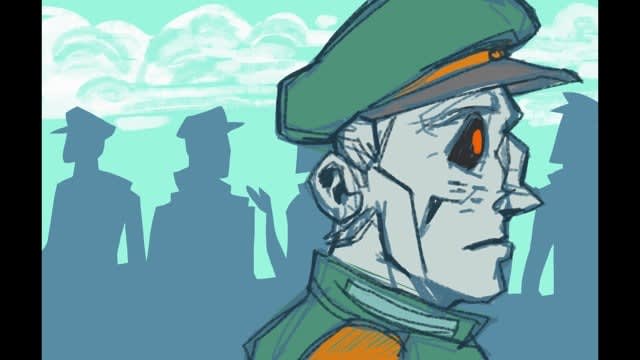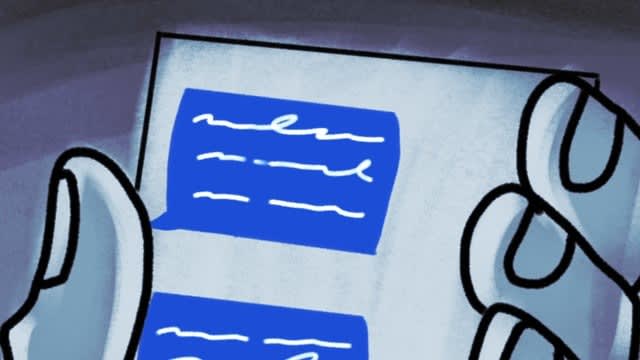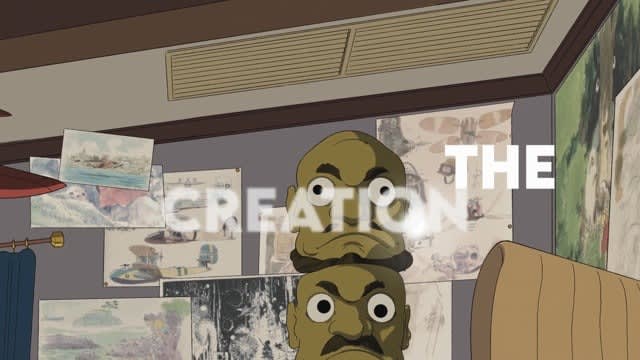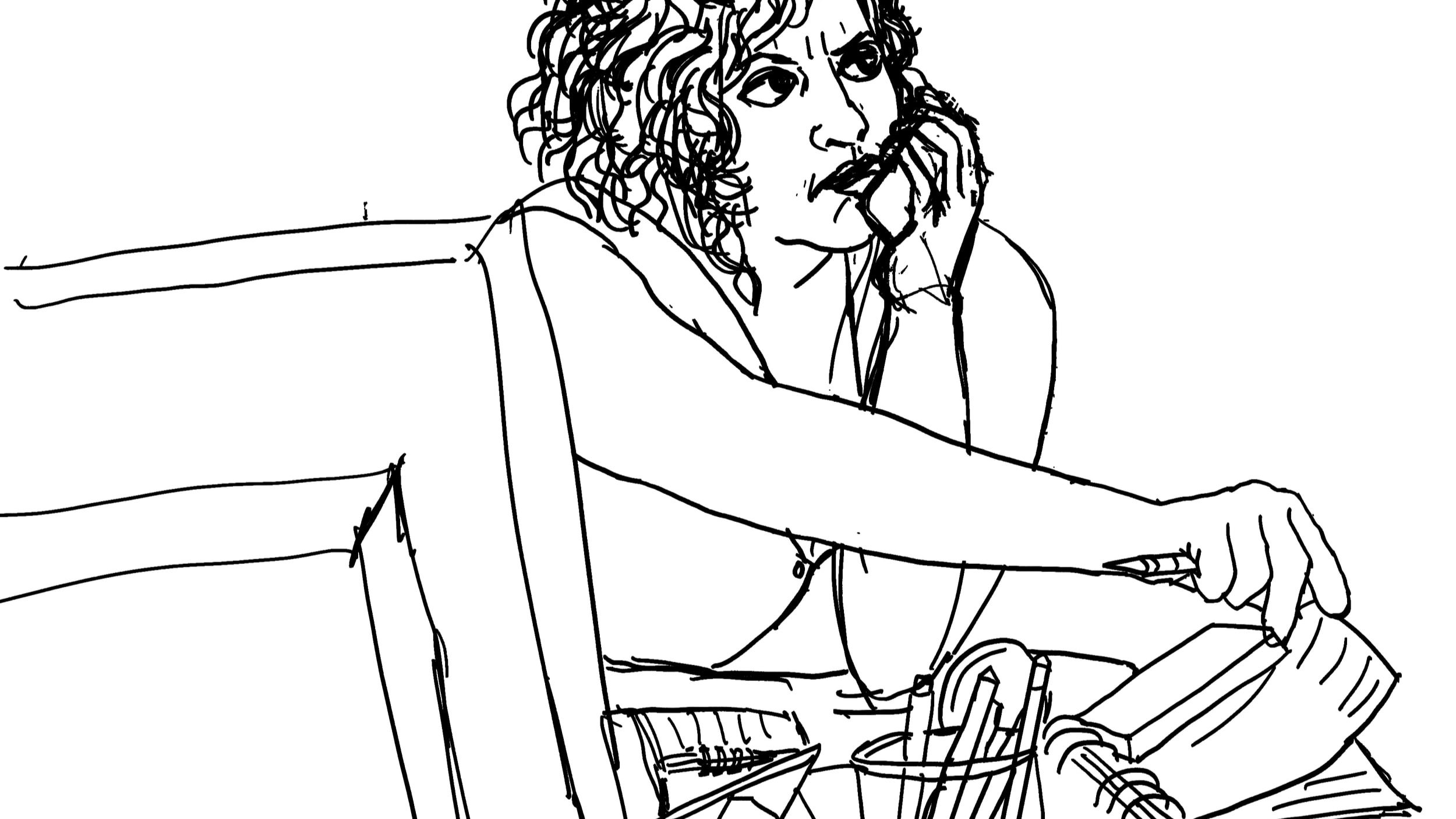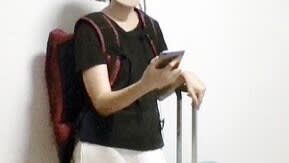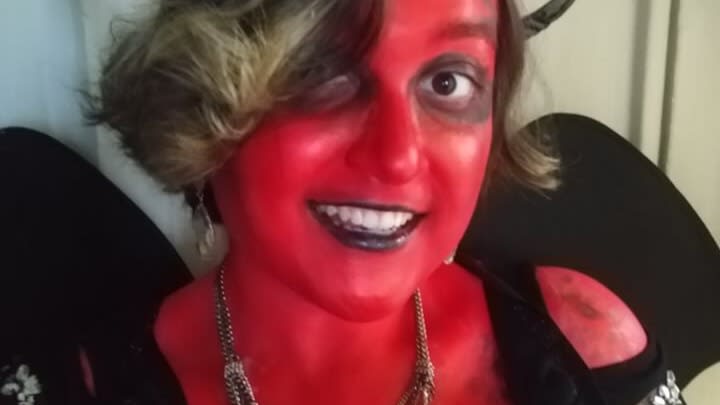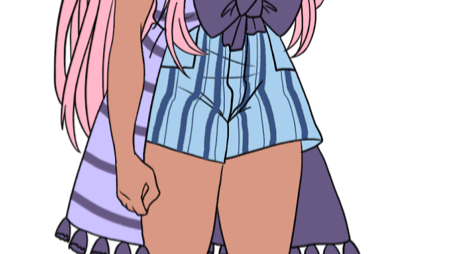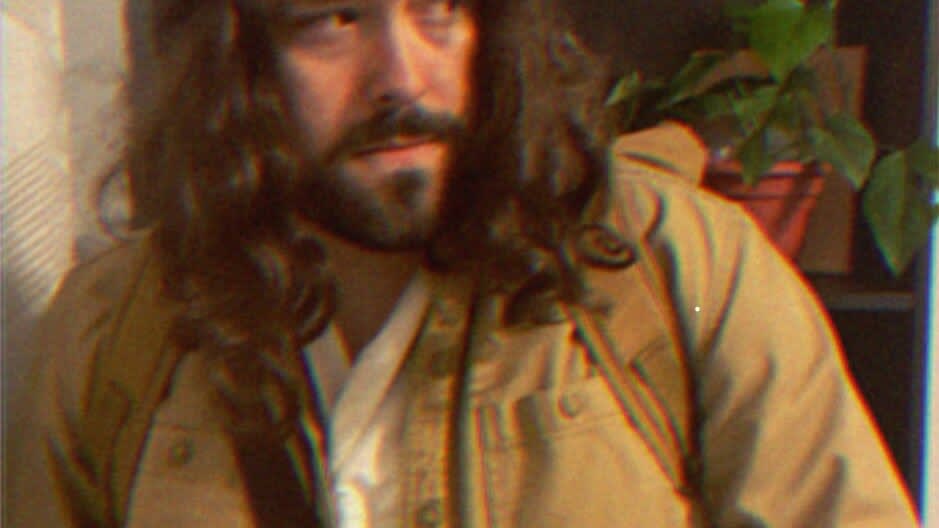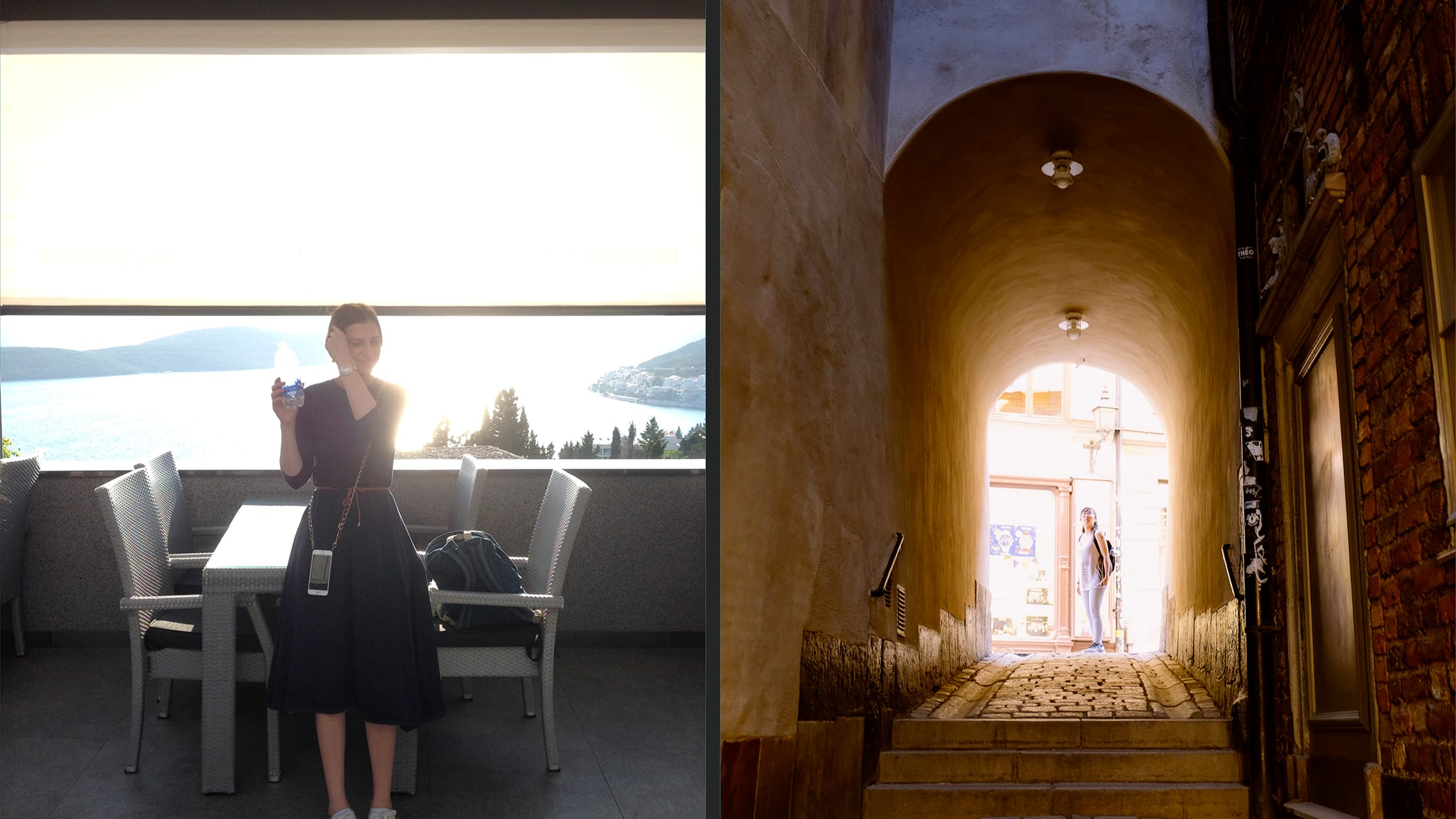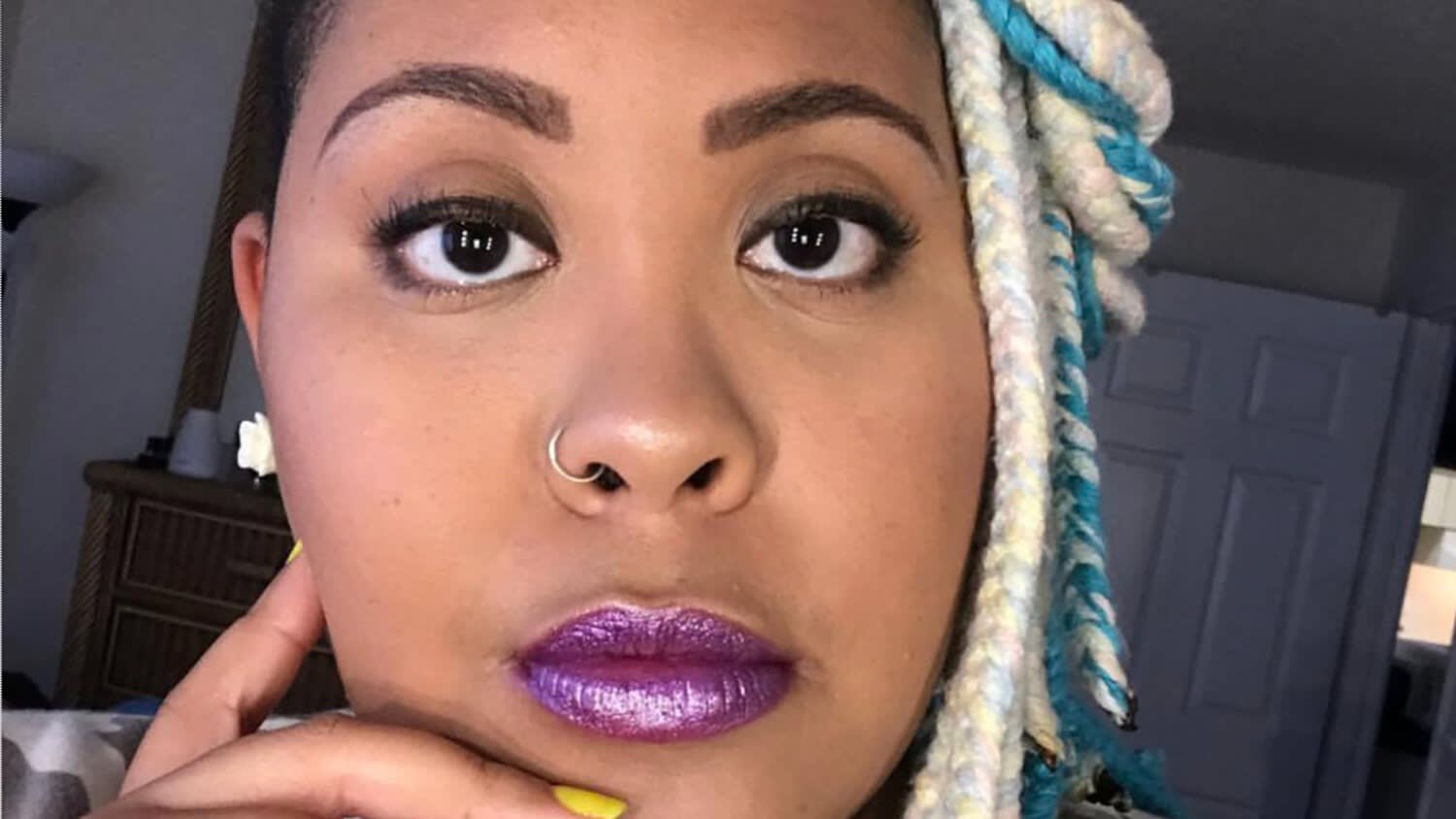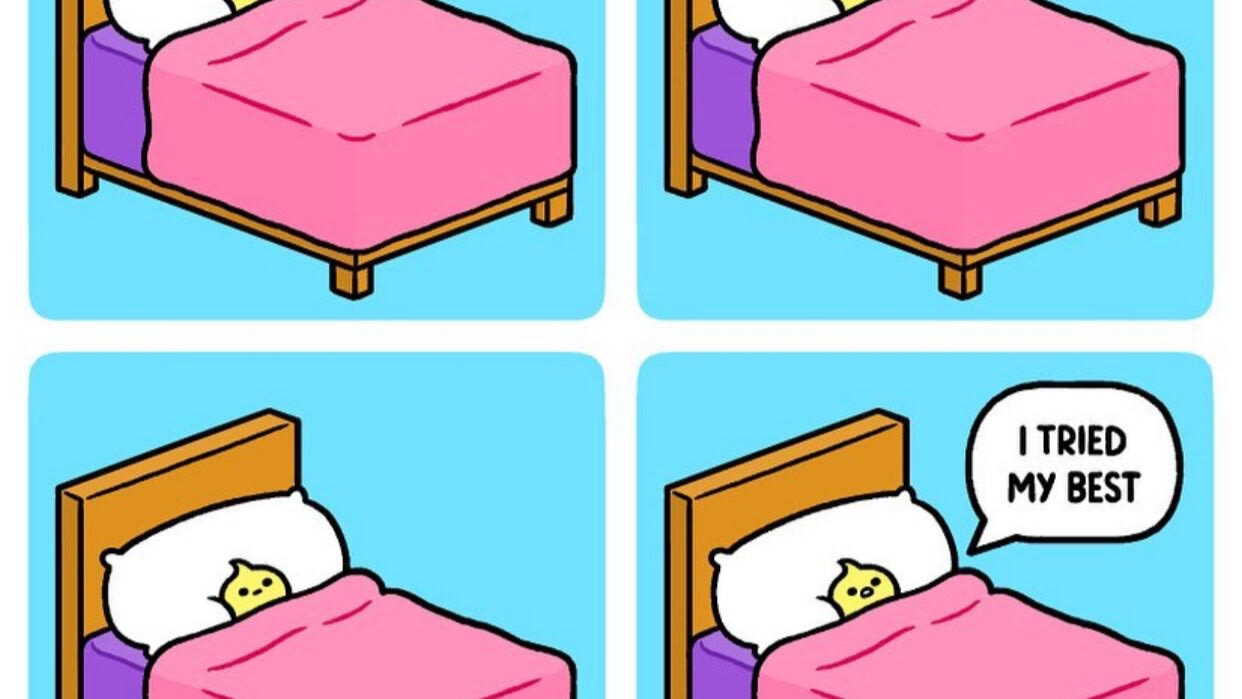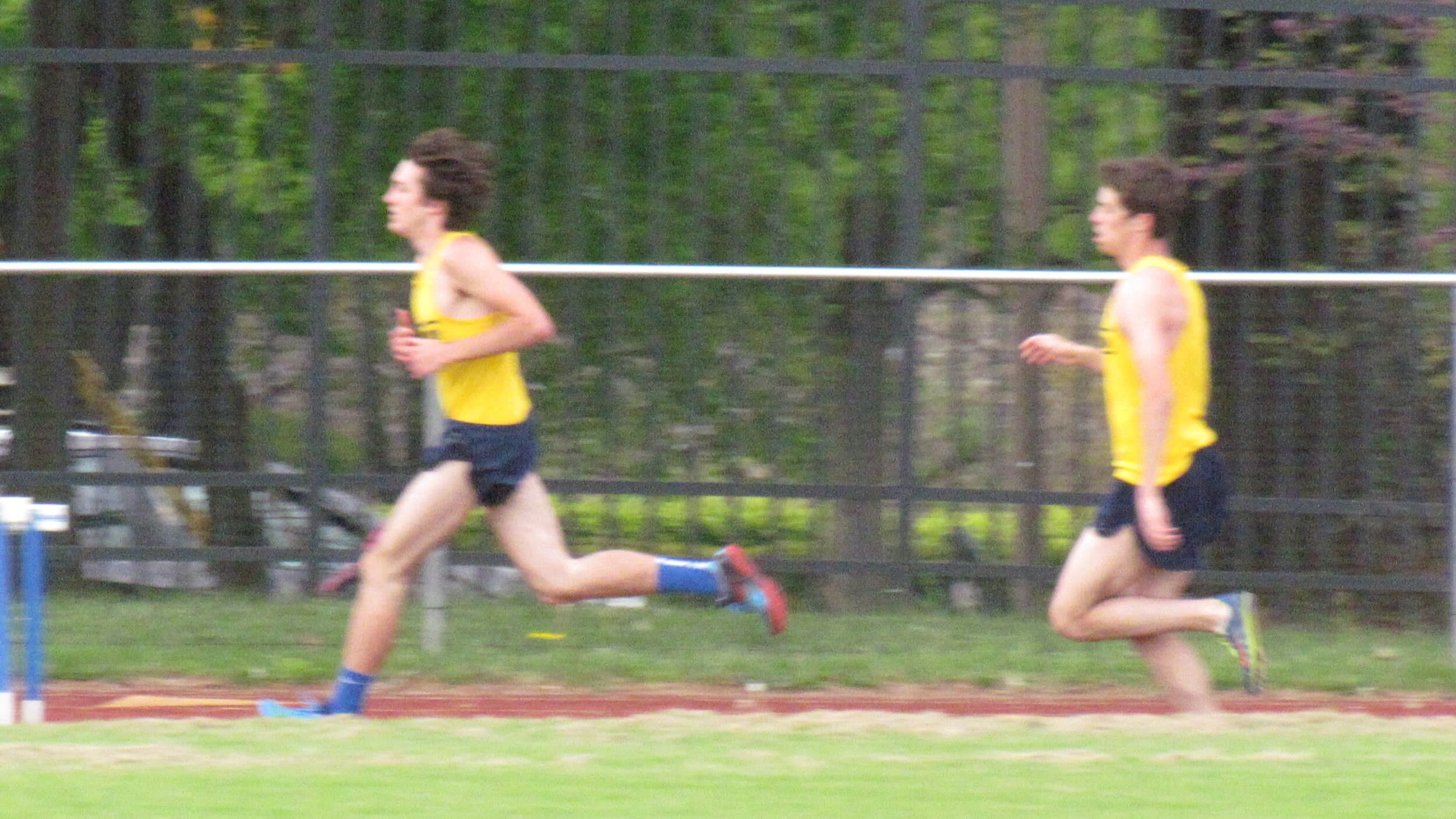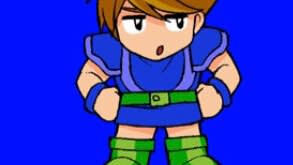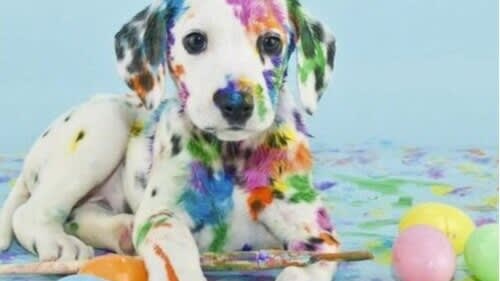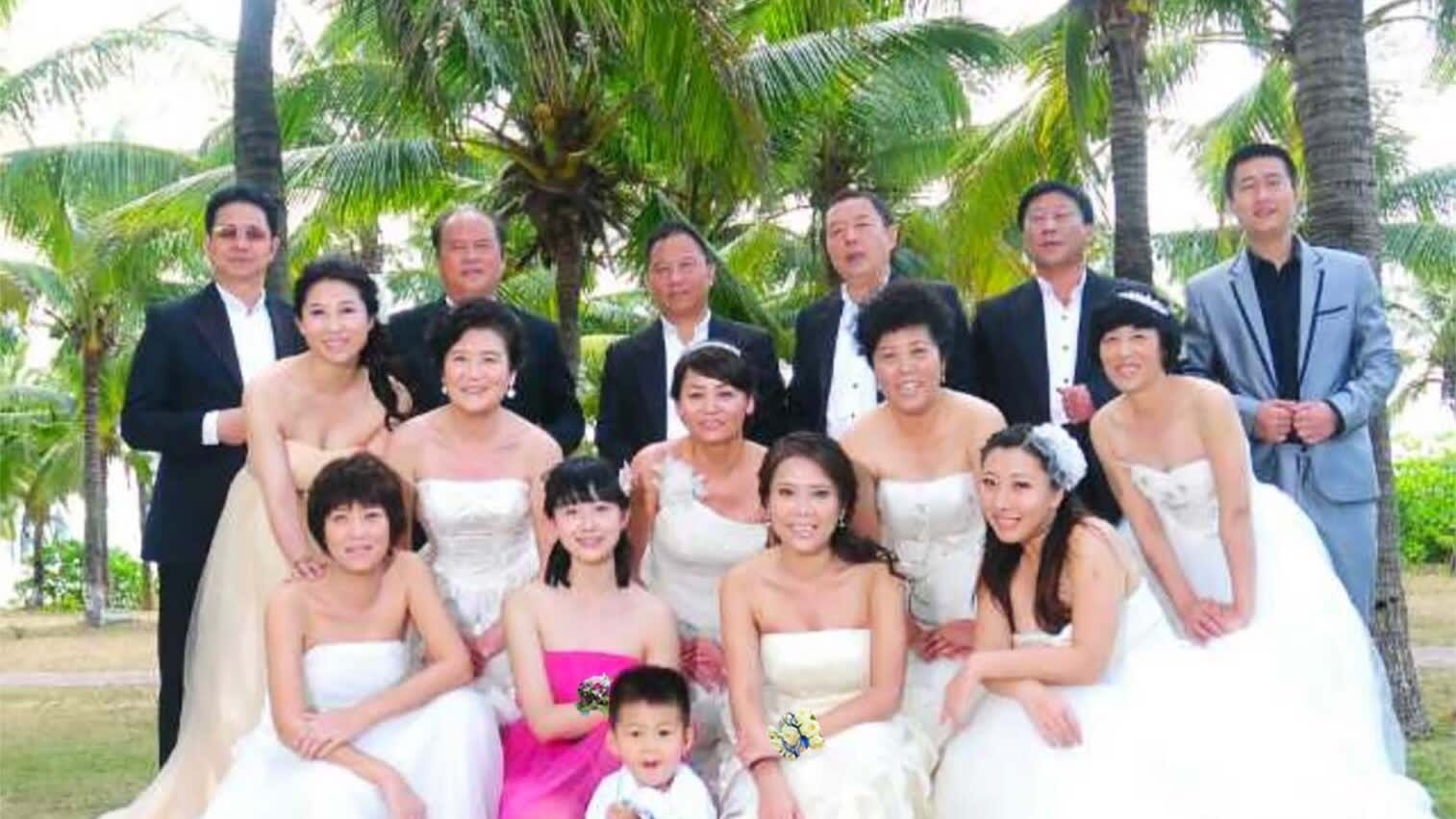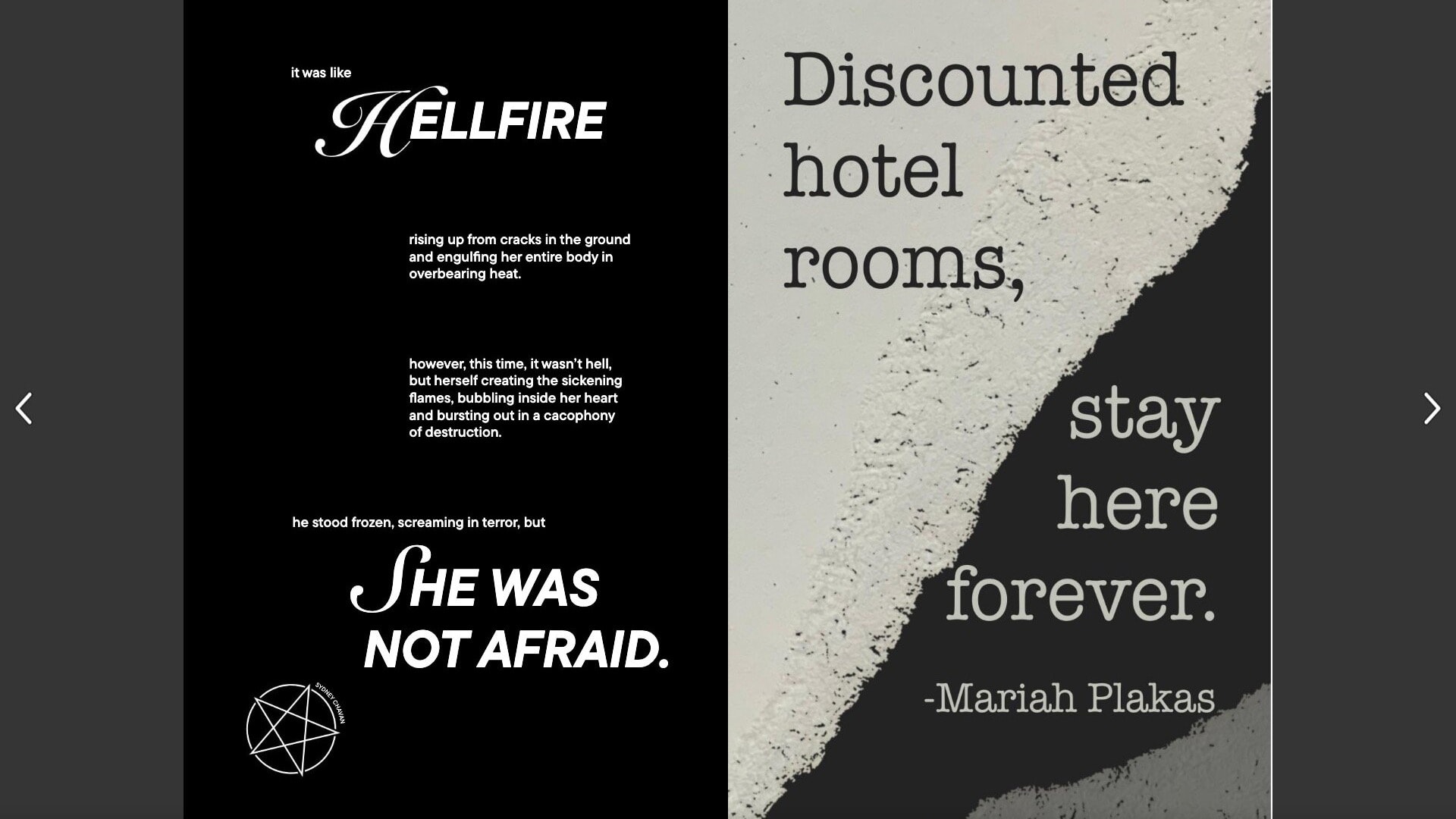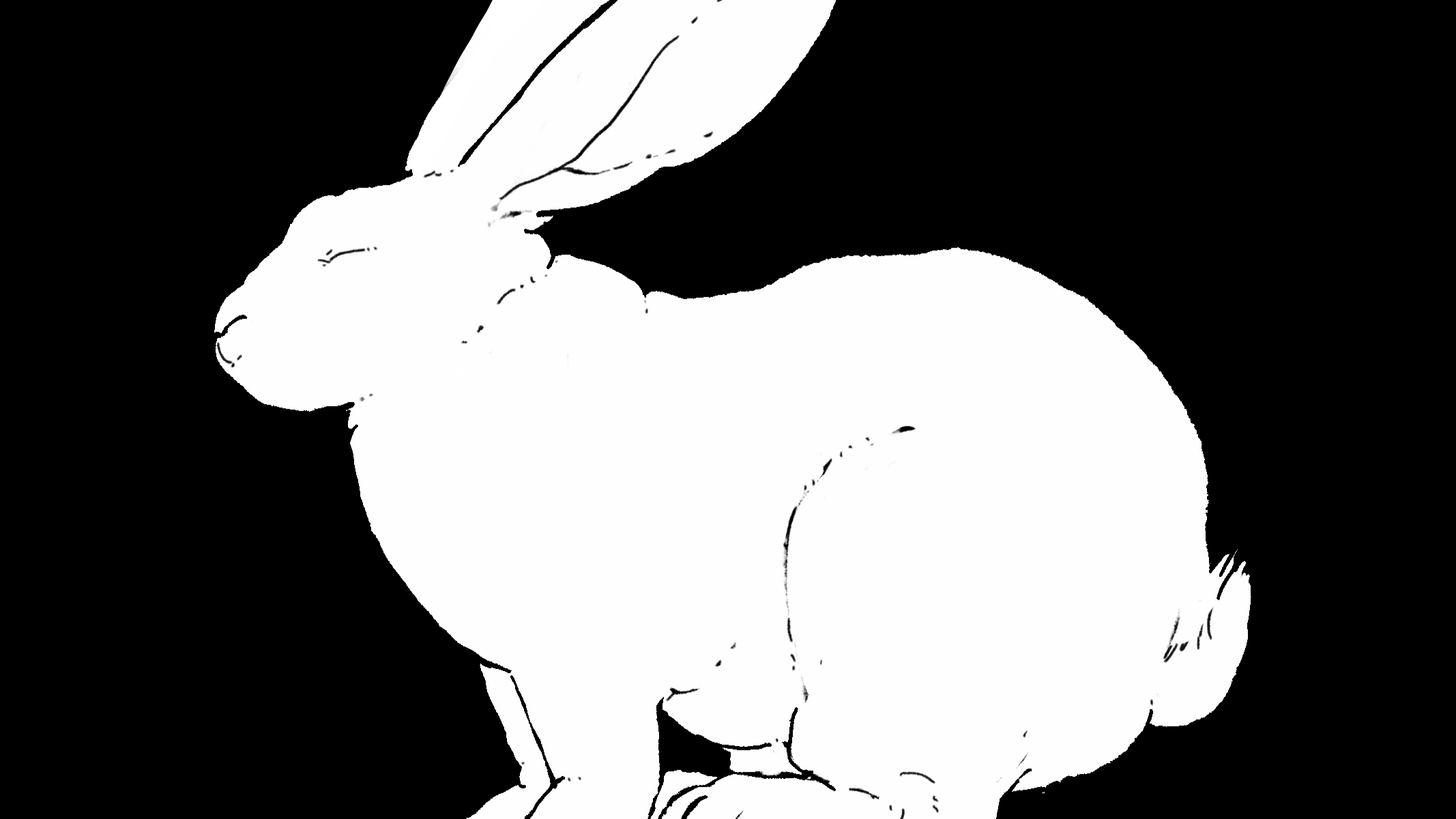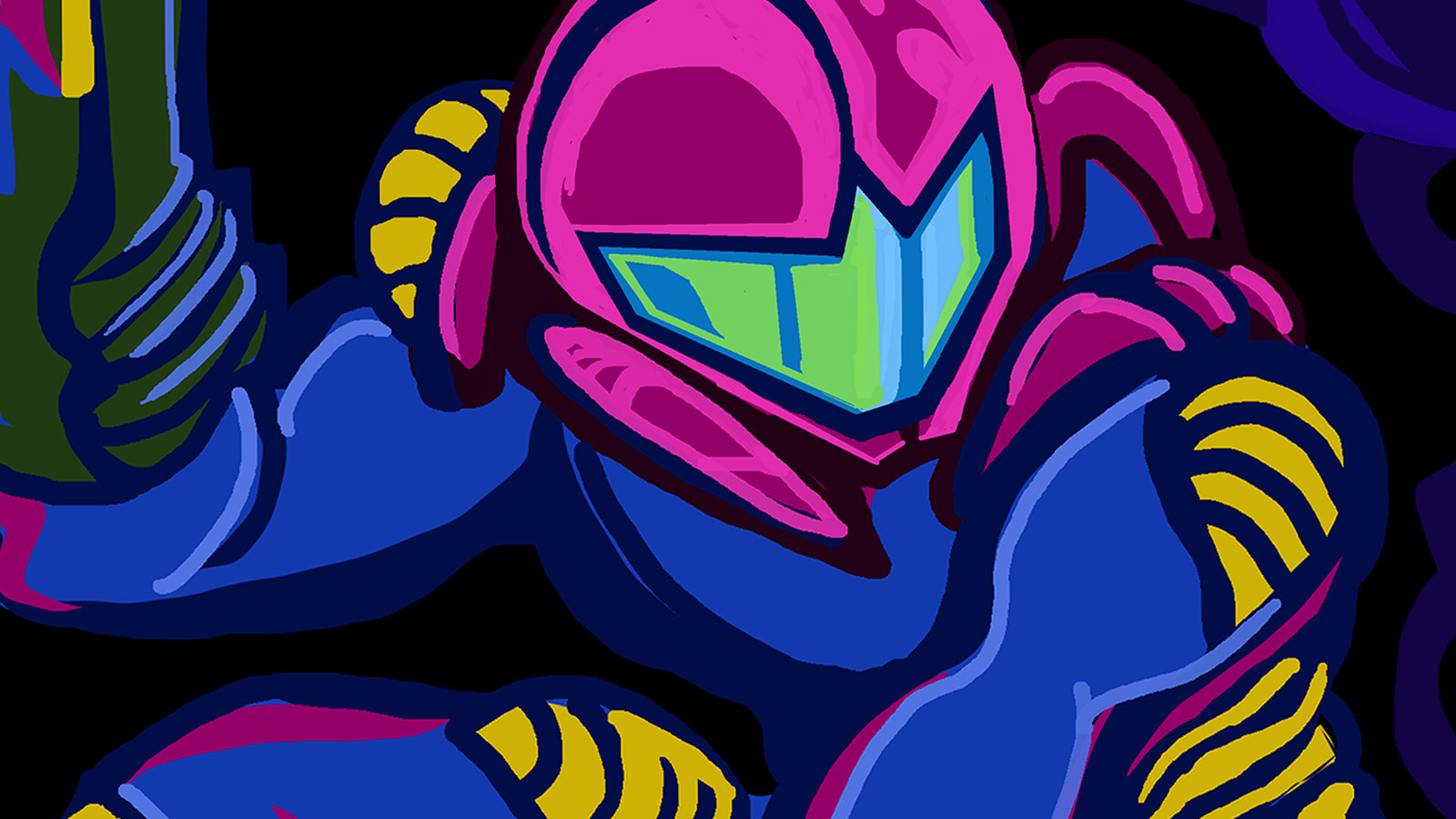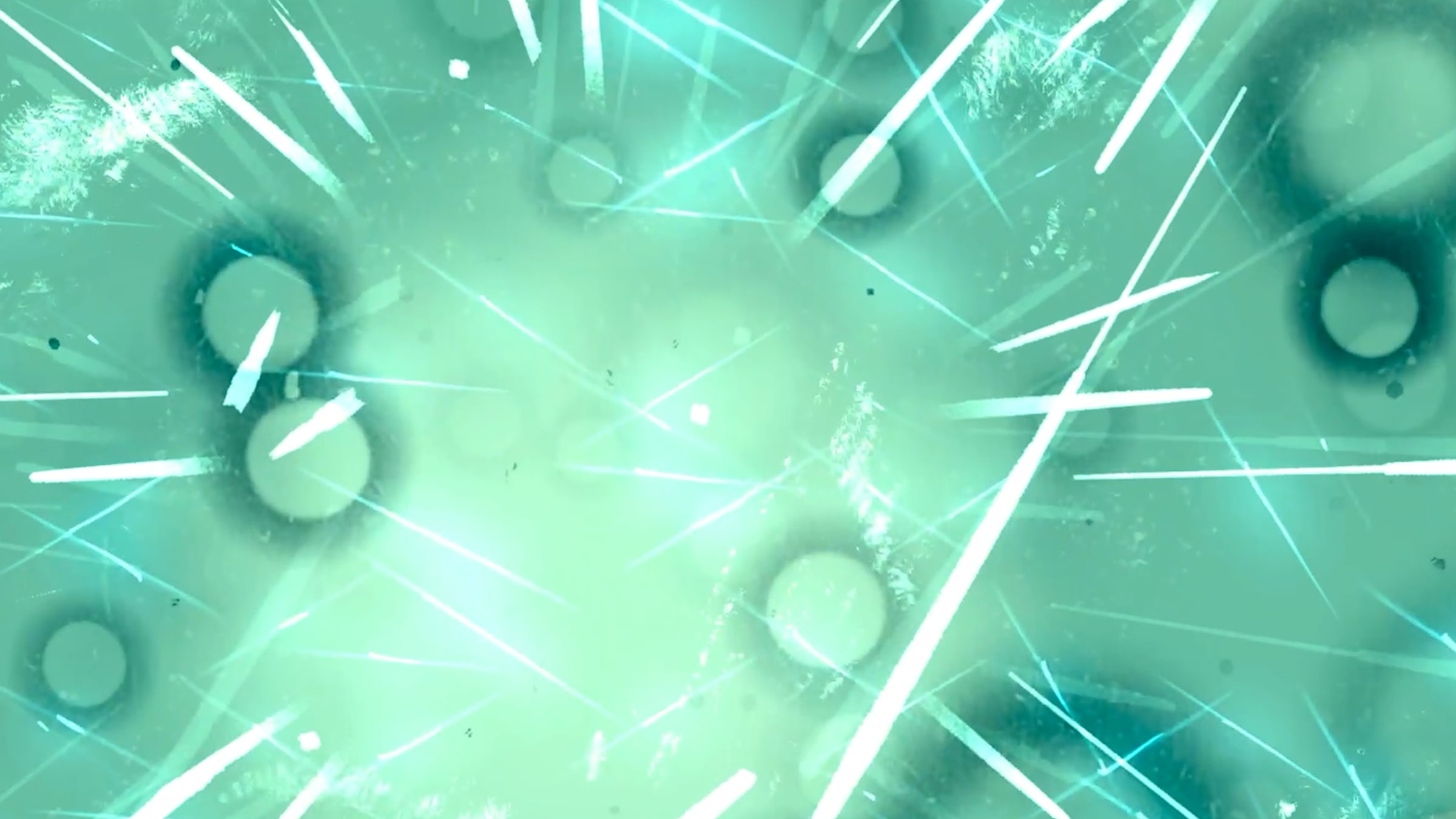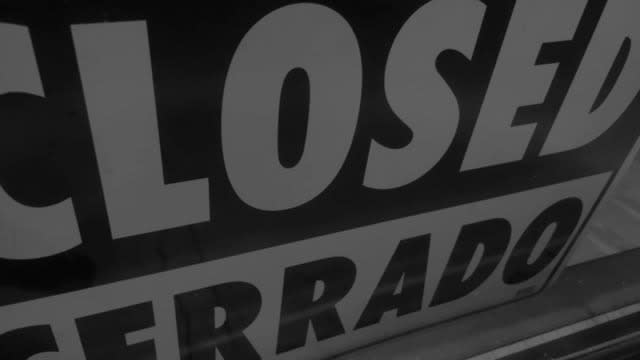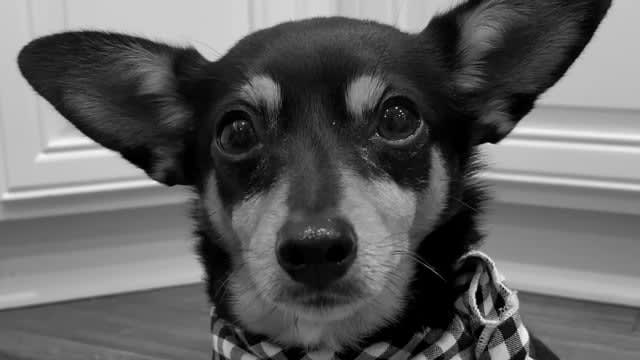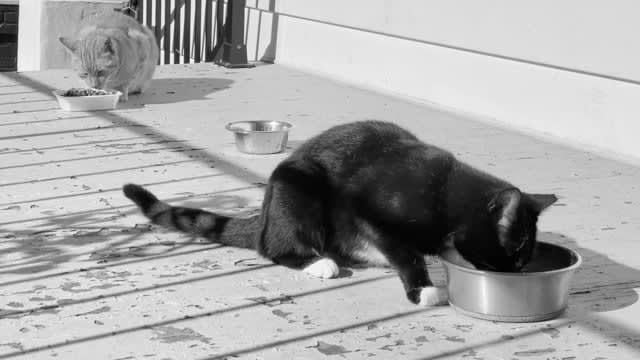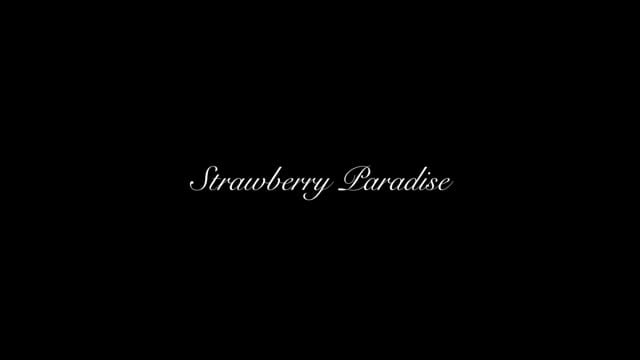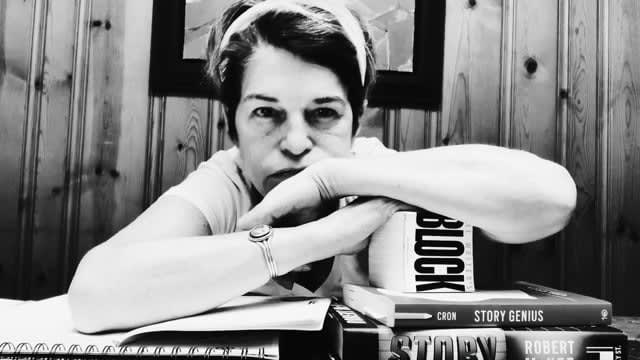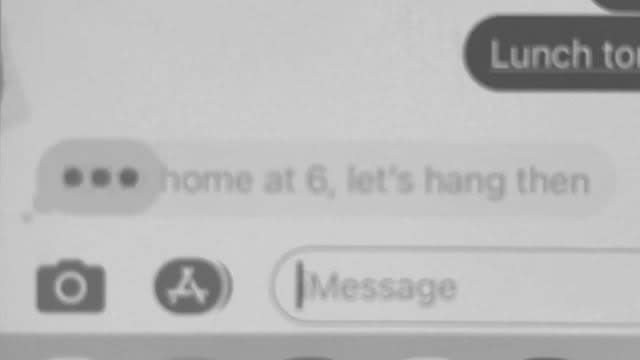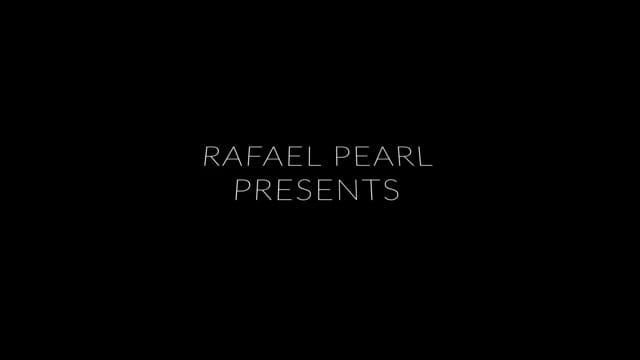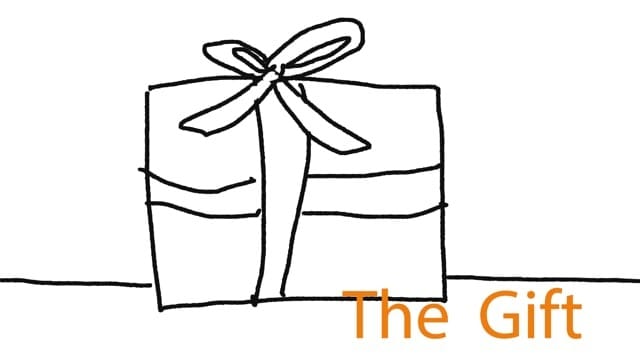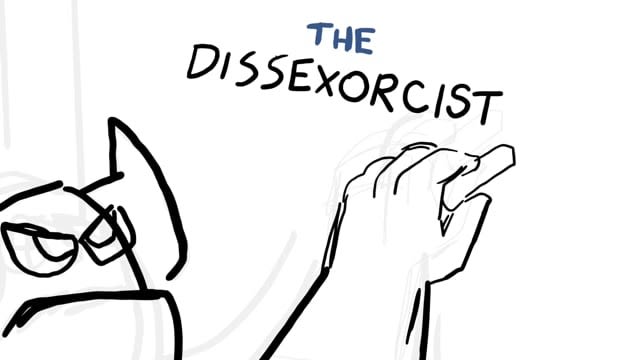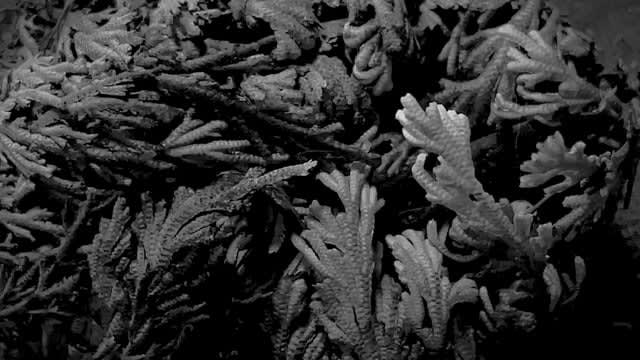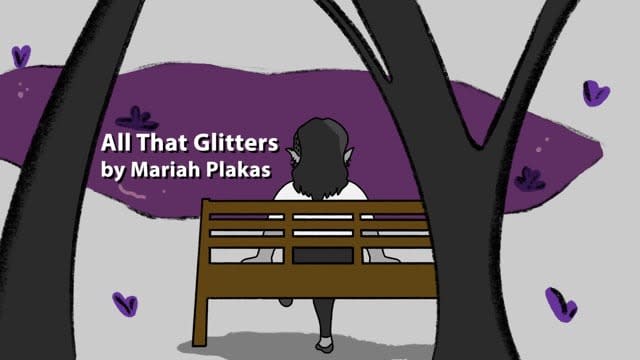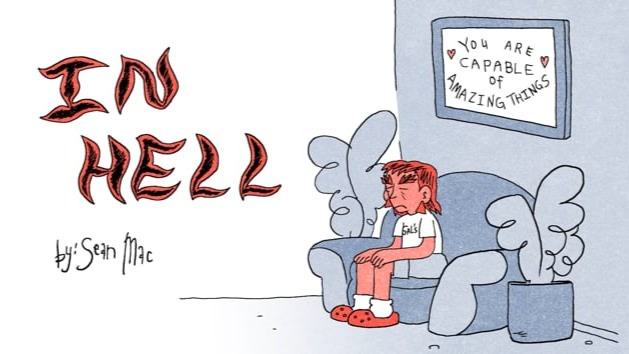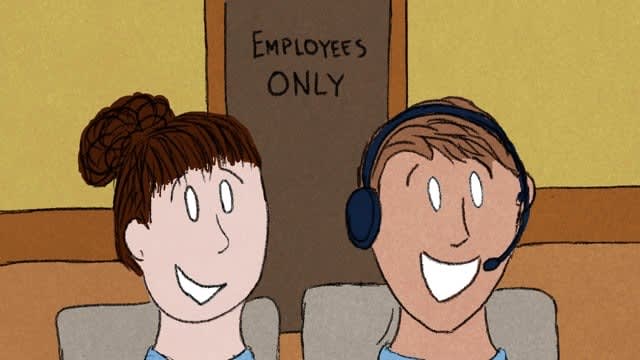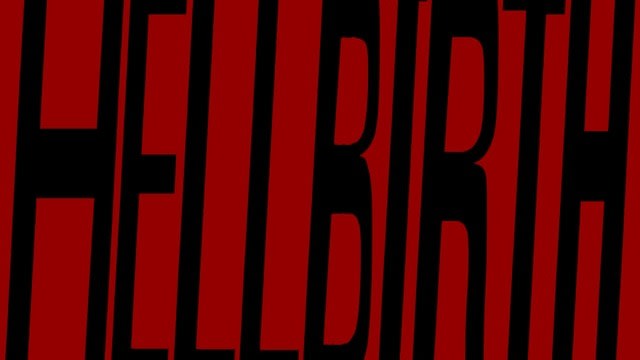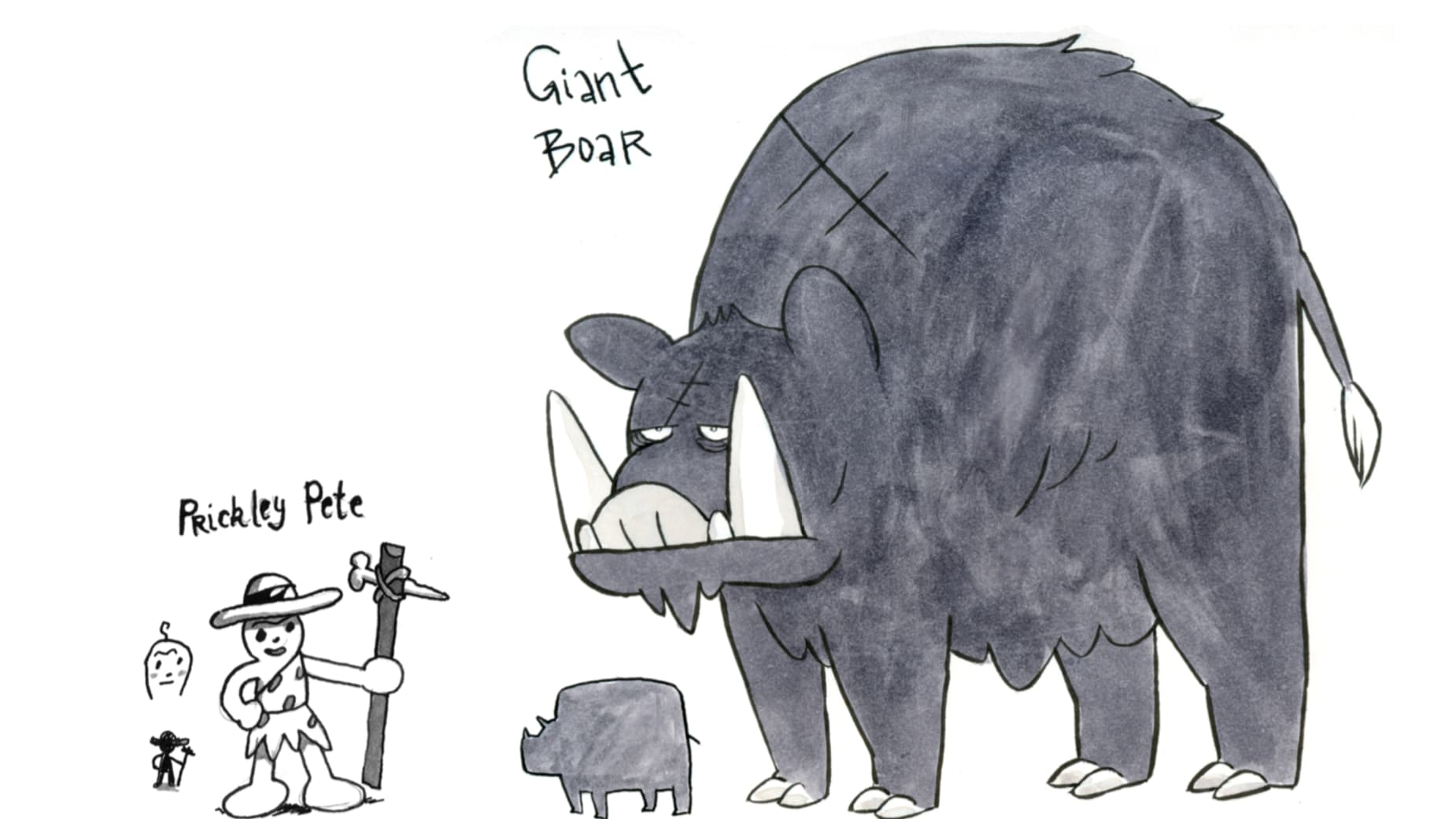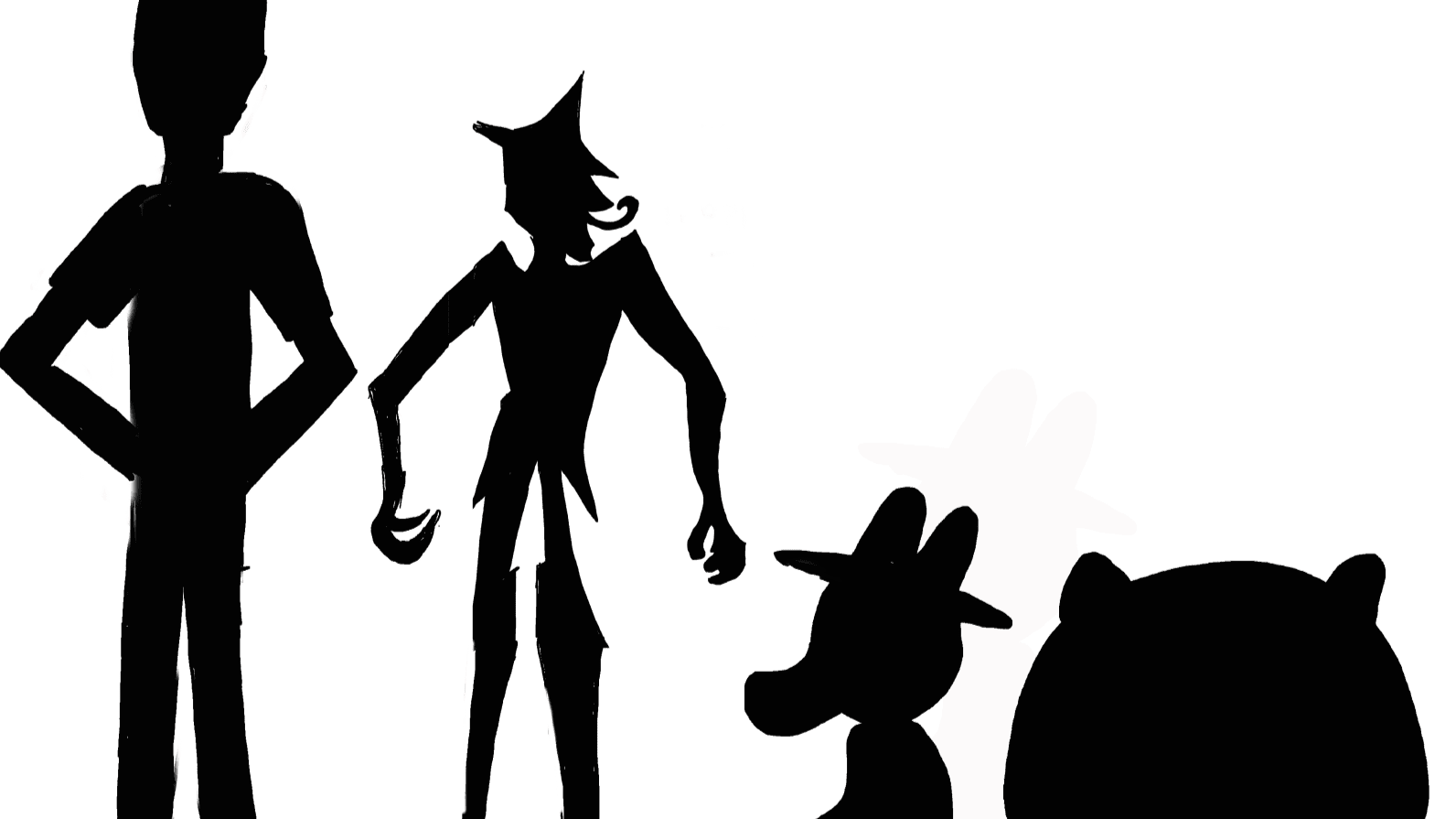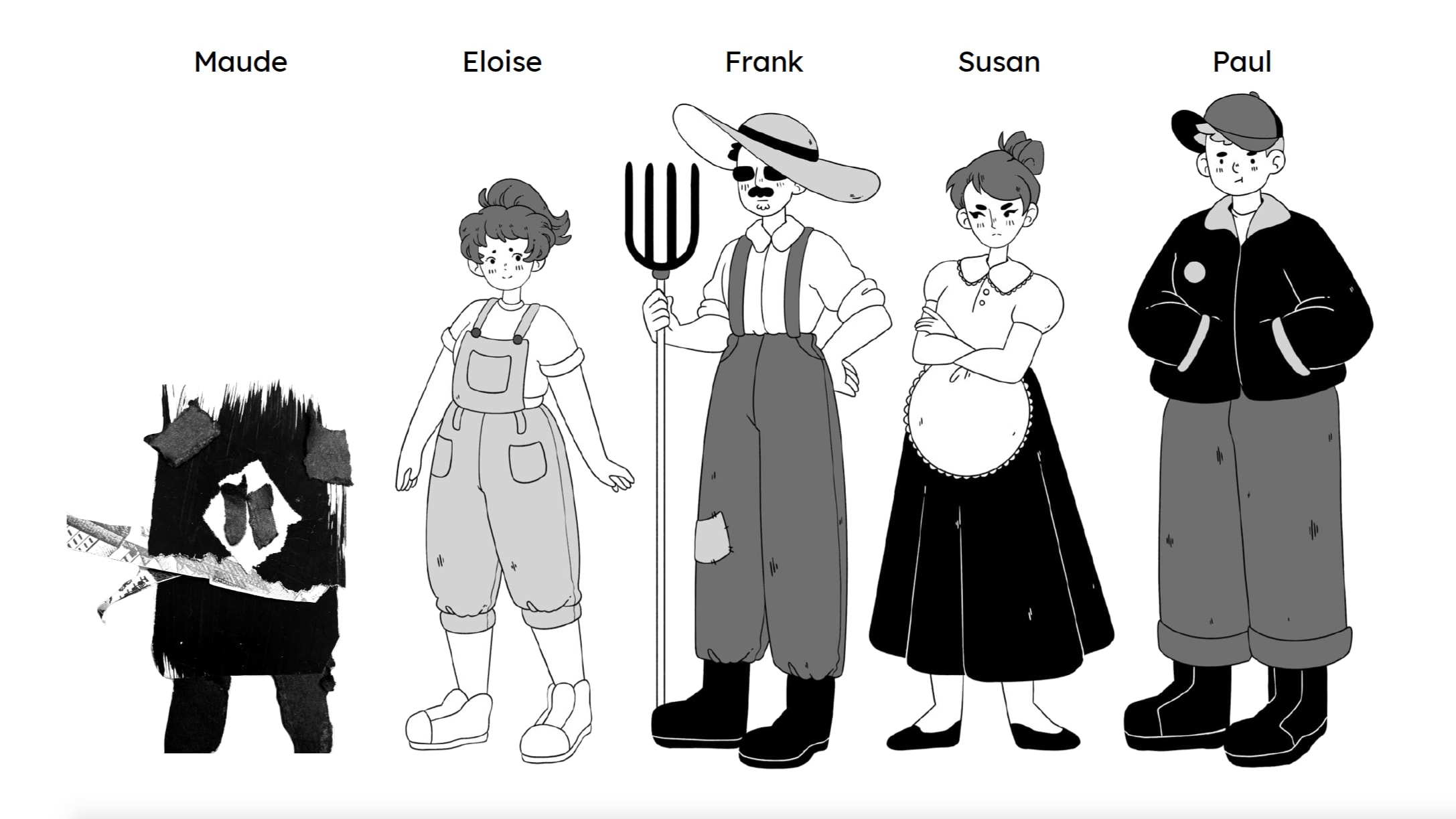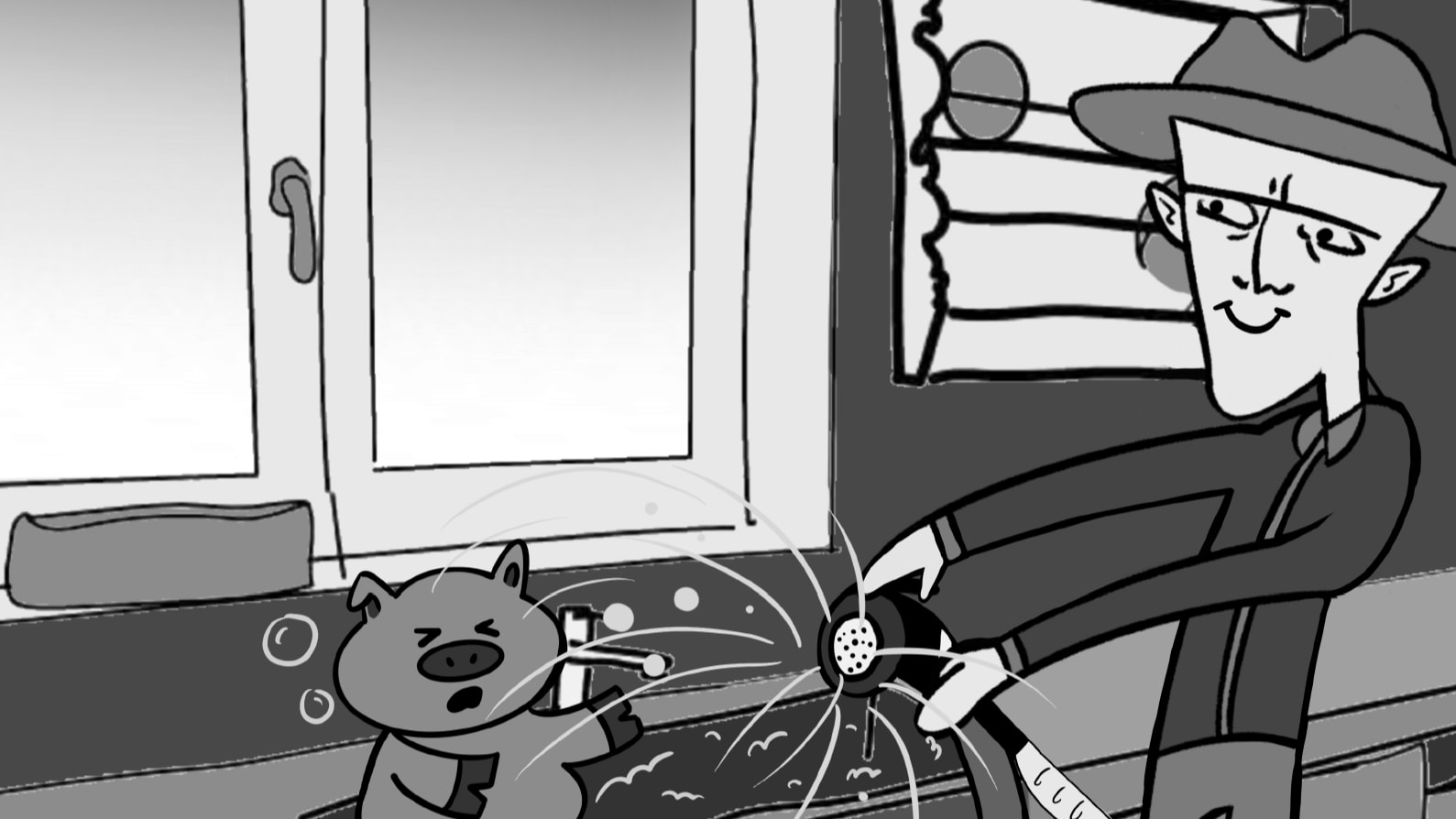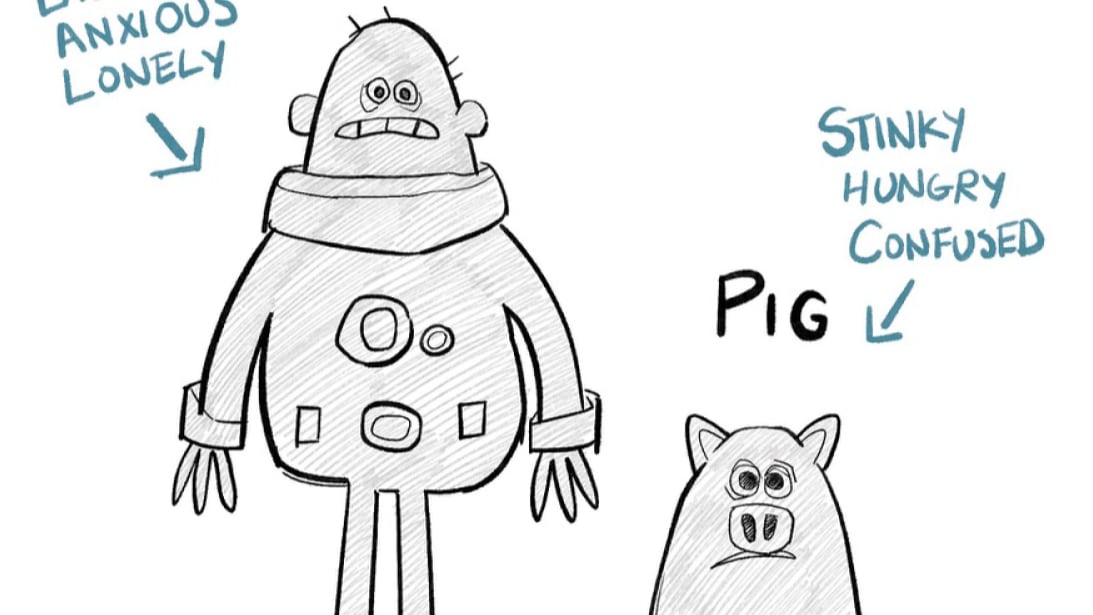Exhibition
MFA Visual Narrative Open Studios
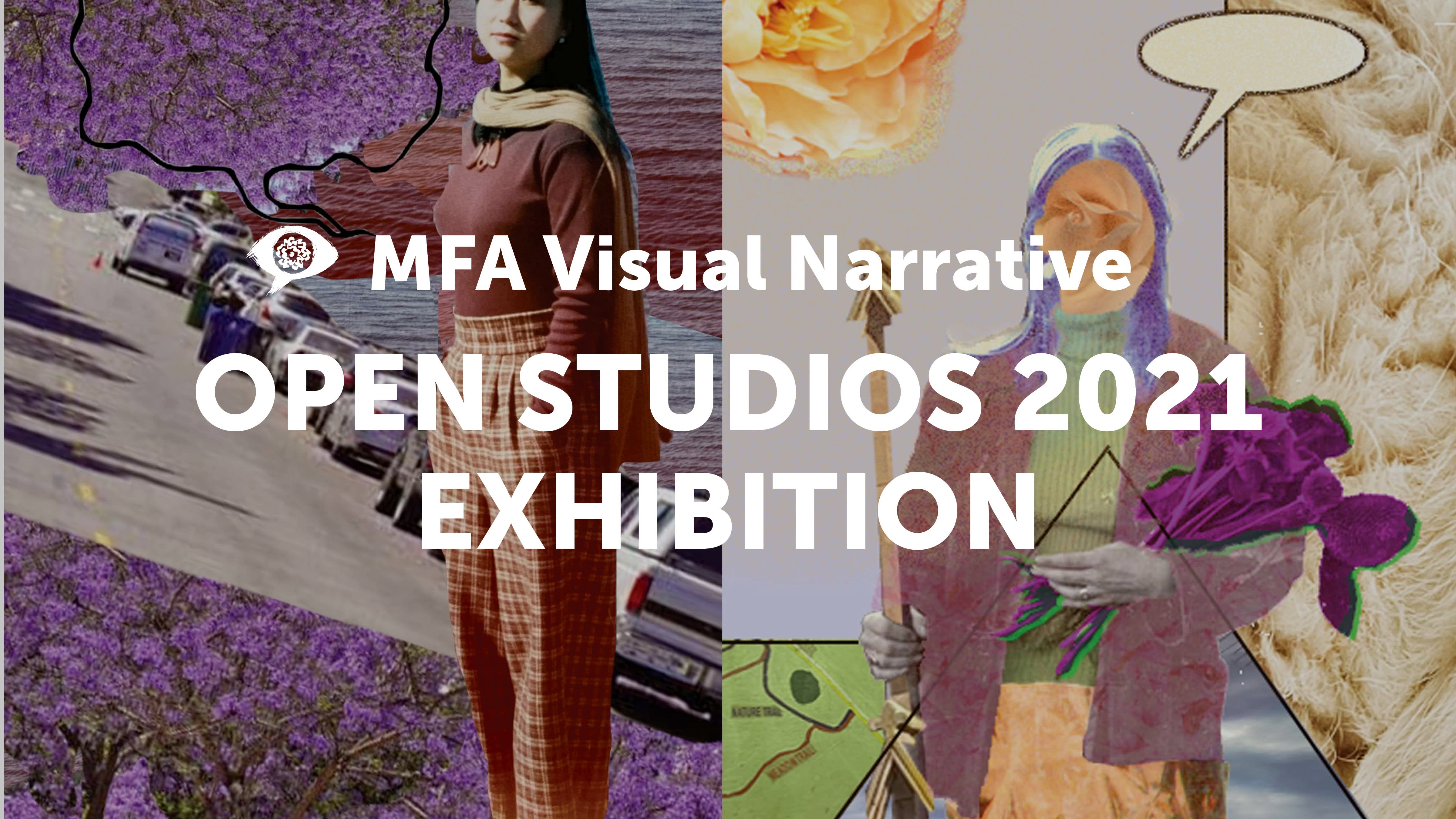
The Open Studios show represents the culmination of the intensive summer semester at SVA’s MFA Visual Narrative program. This daring body of work by first- and second-year students explores how narrative paths can be created across the spectrum of genre and media. Through a broad range of new-media techniques—from live-action video, to storyboards and visual mapping, to animation, game design and sequential art—these students share the common goal of exposing their truths through narrative design.
The MFA Visual Narrative summer semester is an intensive two-month period of collaboration and active experimentation. Students take on assignments aimed at broadening their skill sets, honing their storycraft and developing their personal voices. In completing these projects, they add a new chapter to their own personal and professional stories, having discovered new ways of approaching narrative as an immersive experience that speaks to their passions and communities, and new ways of sharing these fresh visions with the world.
Misbelief
A series of short narratives illustrating the surreal world of childhood through the narrator’s lens of misbeliefs that informed their worldview as a child.
Biofolio
When students come out of school they start sending links to their sites to potential clients. Today most of the stuff is visually saturated—clients, agencies, and studios get to see similar stuff from almost everybody. The target for this assignment was for the student, as a storyteller, to come up with a visual biography. It was for the student to show the tone of her/his voice translated into a grid, fonts, and images.
Selfont
Is the student a Serif, a Sans-Serif or a Script? The students tell the class the Type of person they are, how they typographically see themselves. The target for this assignment was for the student to come up with different typographic concepts to describe themselves to the rest of the class.
Kinetic Typography
With the advent of technology, most printed words can be moved around. Students took the art/typography from an artist who inspired them and set the type in motion. Students made 20-second motion-based animations inspired by an artist/designer of their choice.
RPG: The Game
Character choices create plot and together they tell a story. What a character wants is based on the character's experience. In the first half of the course, students rapidly create characters through a series of prompts and improvisation exercises. Over the second half of the course, they create and refine an original character. In the final project, the students embody these characters within the form of an interactive improv exercise we call THE GAME. This exercise forces them to act out their character and their choices in moments of crisis. The result is an unpredictable narrative experiment. The resulting narrative moments are achieved through a collaboration of imagination focused on narrative obstacles. This year THE GAME is led by Bob Walles.
The Great Picture Conversation
A class project exploring the art of storytelling through photography. Each student shared one photograph from their phone archive to every classmate. The goal was then for every student to form a visual response to the image they were sent with the idea that it would become a conversation.
Zine Project
Six words. Three Sentences. One Paragraph. This is a collection of micro-fiction created by the Narrative Writing class of 2021. Together, the black mass created stories using a single character they called from the abyss. Beware: the demon lives! Beware: the demon, RACHEL!
Podcasts
Over the course of the summer, students developed one common narrative as a class. With a focus on how language and sound can be used as imagery to achieve narrative goals, the students worked in small groups to tell the entire story through three separate podcast segments. Each segment tells one part of the story—essentially beginning, middle, and end. While these three segments link into one cohesive narrative, the groups could design their podcast segment in whatever style they chose.
MFA Visual Narrative students applied creative research techniques to investigate subjects and locations around the world (online and off). From their collected multimedia archives, they produced a series of visualizations to communicate the spaces and objects that their thesis stories will inhabit, as well as resources to utilize in their projects' development.
1 Minute Mood
In this project, students were challenged to employ filmic devices learned in an intensive week-long video workshop to create a piece that communicates a specific tone or mood (i.e., romantic, comedic, suspenseful, etc.). Students developed and planned a narrative in pairs, then filmed and edited their pieces individually to showcase their unique perspectives. Each piece must be one minute long, revolve around the subject of food, and contain little or no dialogue.
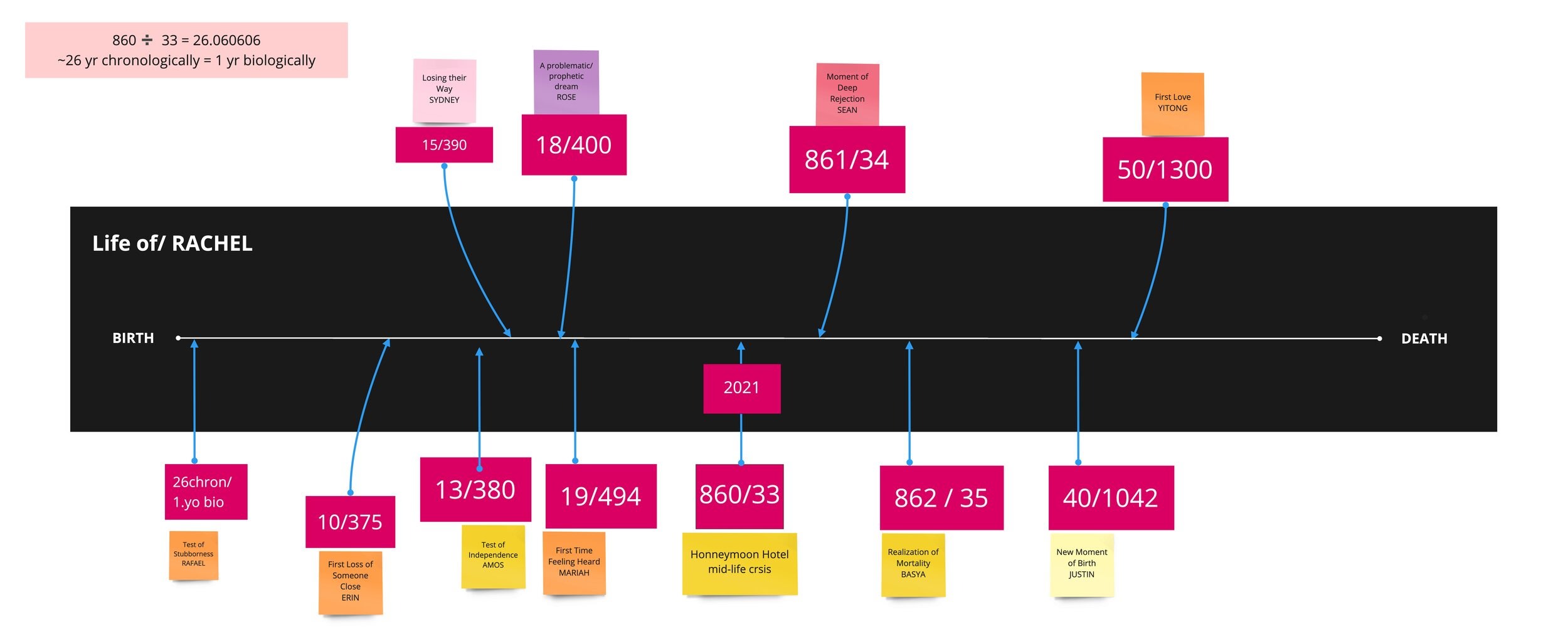
Life of/ is an annual visual prototyping challenge. This year, we present "The Life of Rachel," a collection of visual stories based on randomly selected "defining moments" in the life of a character borrowed from a world and story created in the first-year Narrative Writing class. Students created original visual stories demonstrating how these defining moments helped shape or reinforce Rachel's character motivations and core disciplines throughout their life line. The class was tasked with working efficiently to convey an engaging visual narrative by being resourceful, working non-preciously, and scoping the presentations of the stories to the short amount of time at hand, letting story lead the way!
Anelisa Garfunkel & Nathan Fox
NOIR | Character vs Light
Utilizing their research and development in the visual/compositional techniques of Lighting, Atmosphere, and Mood, students were split up into groups of two and tasked with creating their own original farmer and pig characters and develop a short story that utilizes light as an active narrative device unto itself. Each group’s original characters had to have an established Want (misbelief), Need (what their character discovered, earned or truly needed), and a Core Discipline (a defining motivation or limitation/fault that must be overcome). Each character had to be designed with a specific silhouette that would reinforce each character’s personality traits and scale. Each short story was given a specific dramatic theme and had to also establish a unique Story Point, relative to their character and their character traits (Wants, Needs, Discipline), and each group then had to pit their original character (the protagonist) against some form of light and visualize it all within the genre of Noir.
The results of this collaborative project are presented in the following original Noir: Character Vs. Light short stories below.


